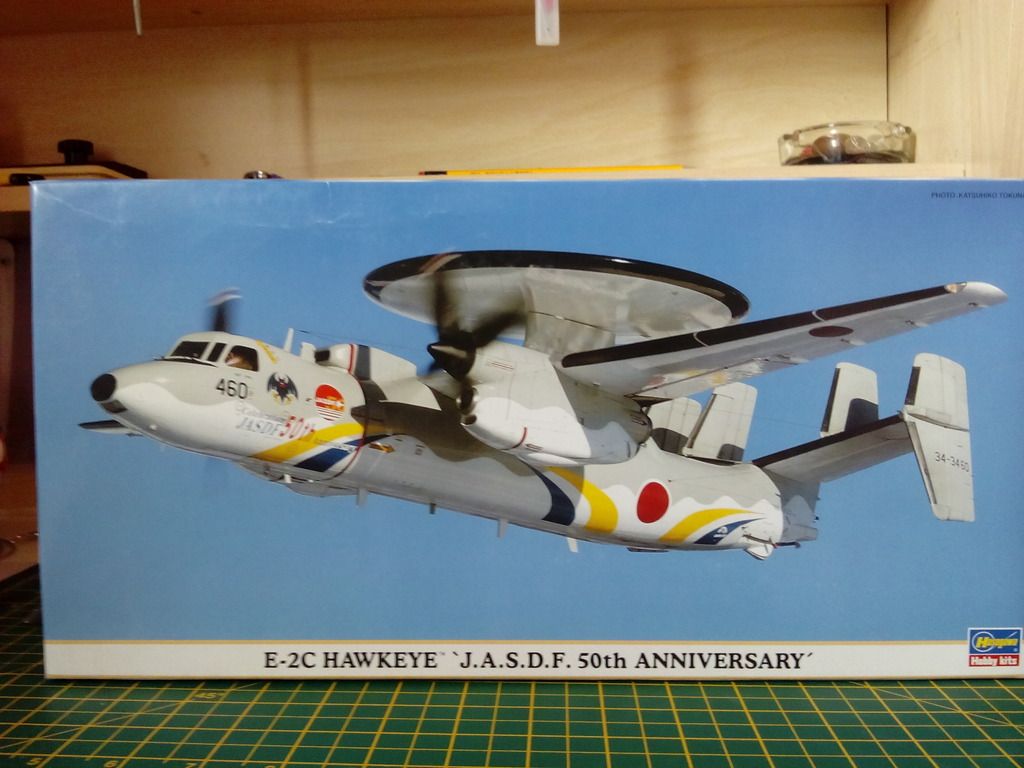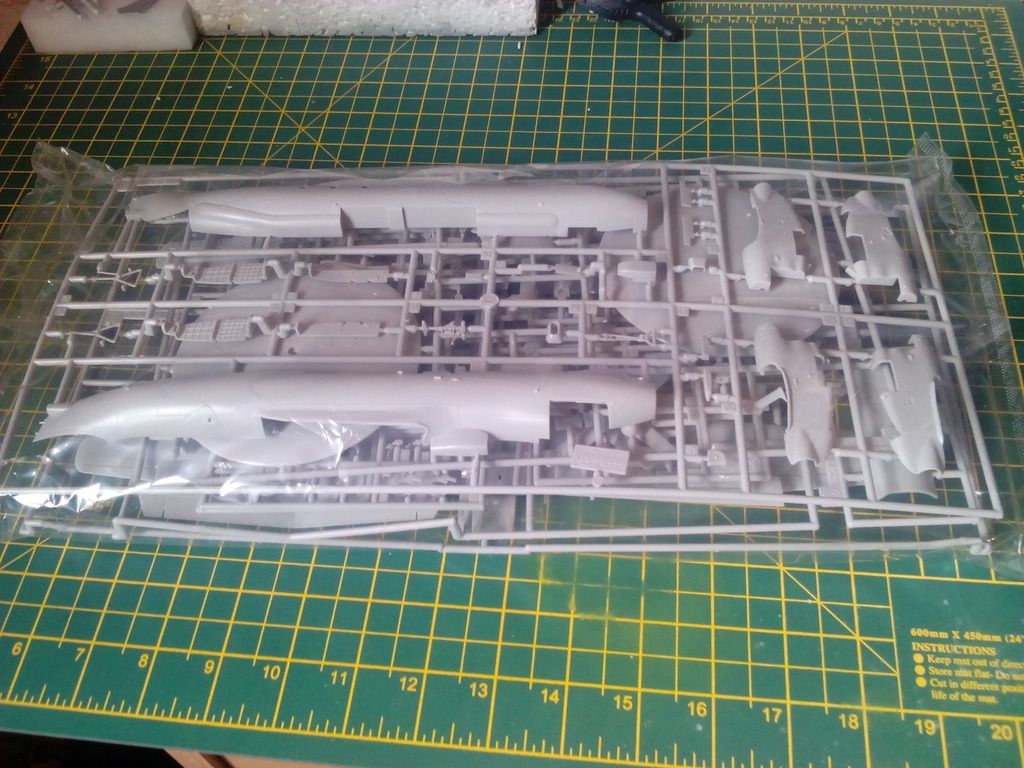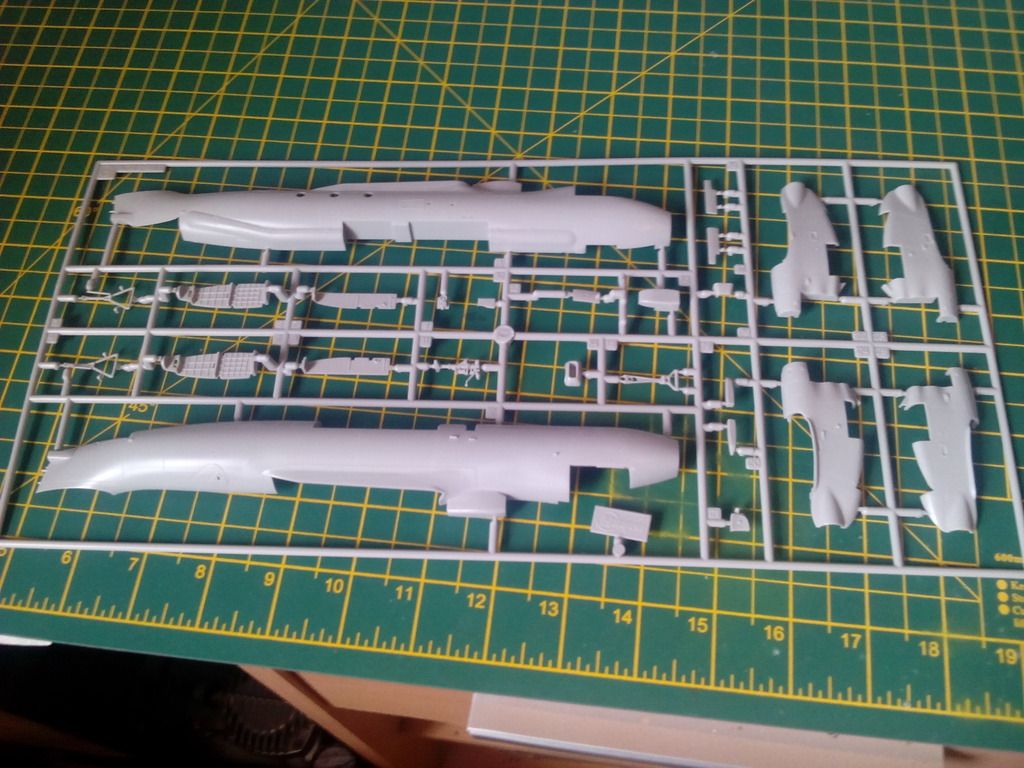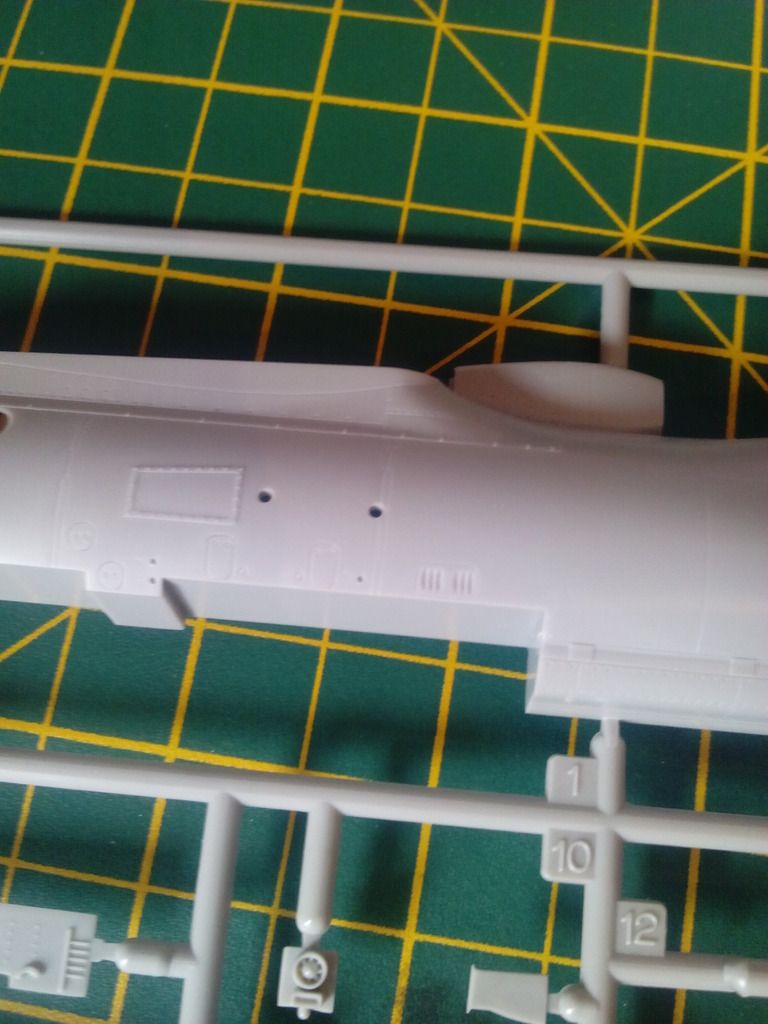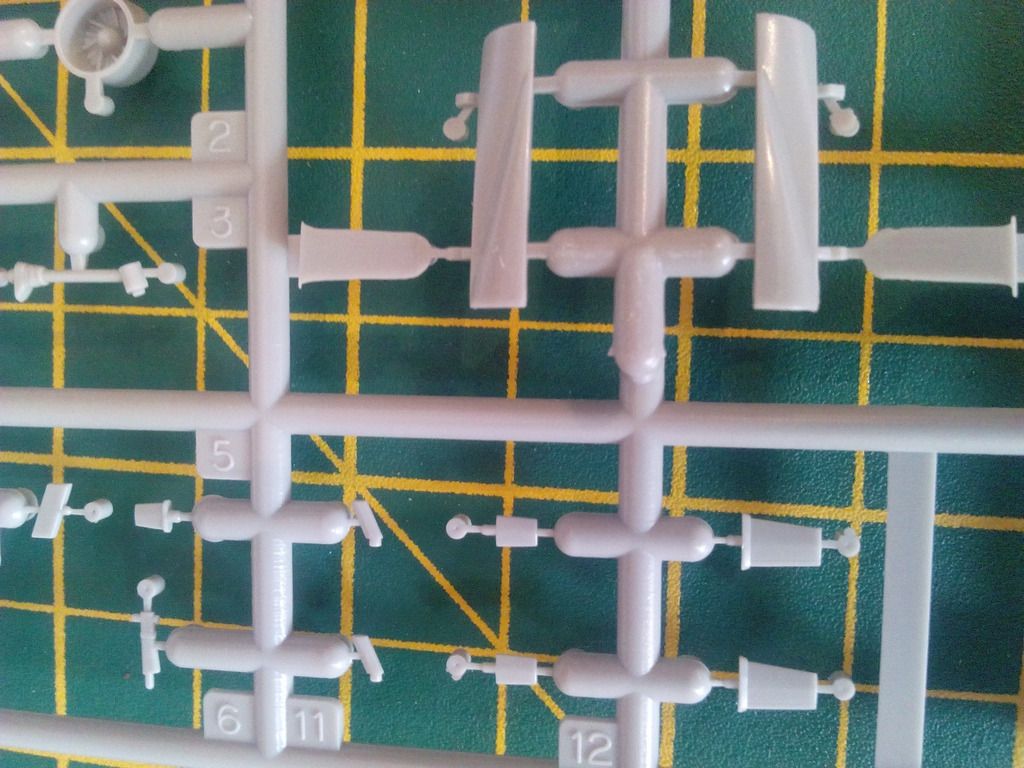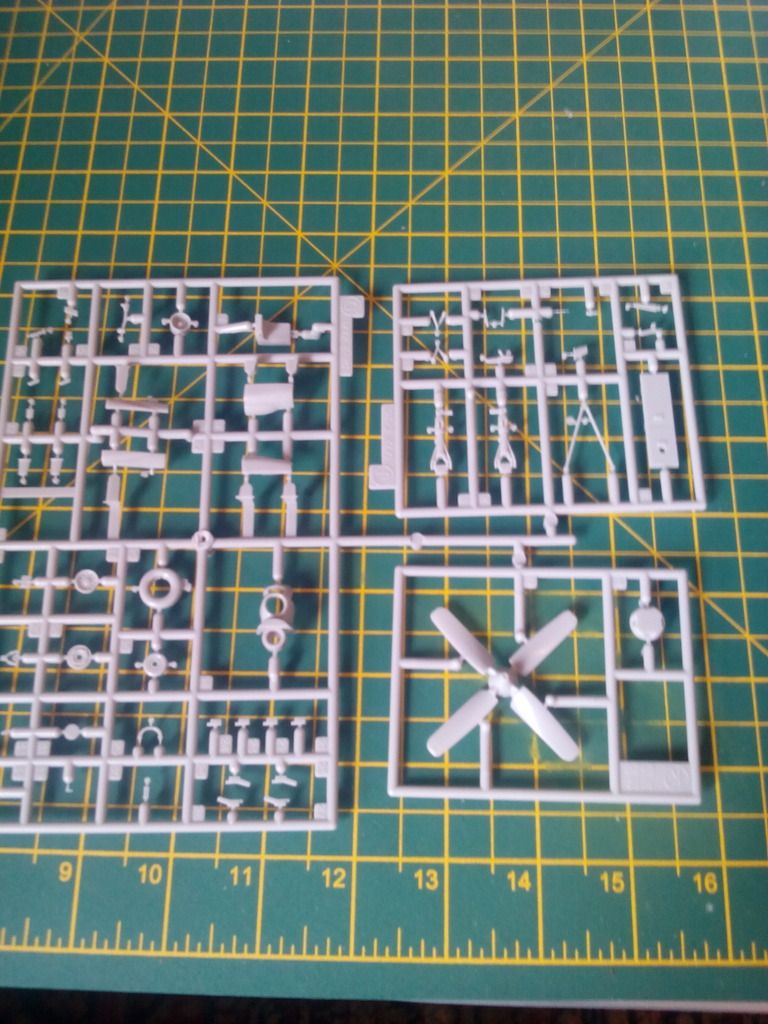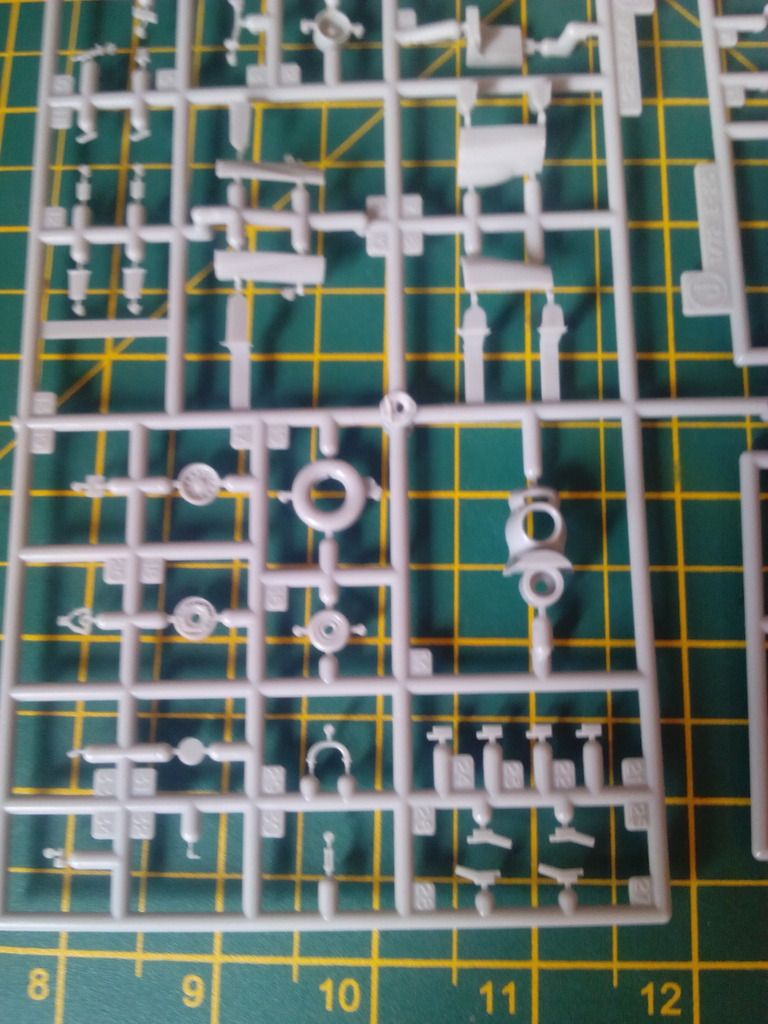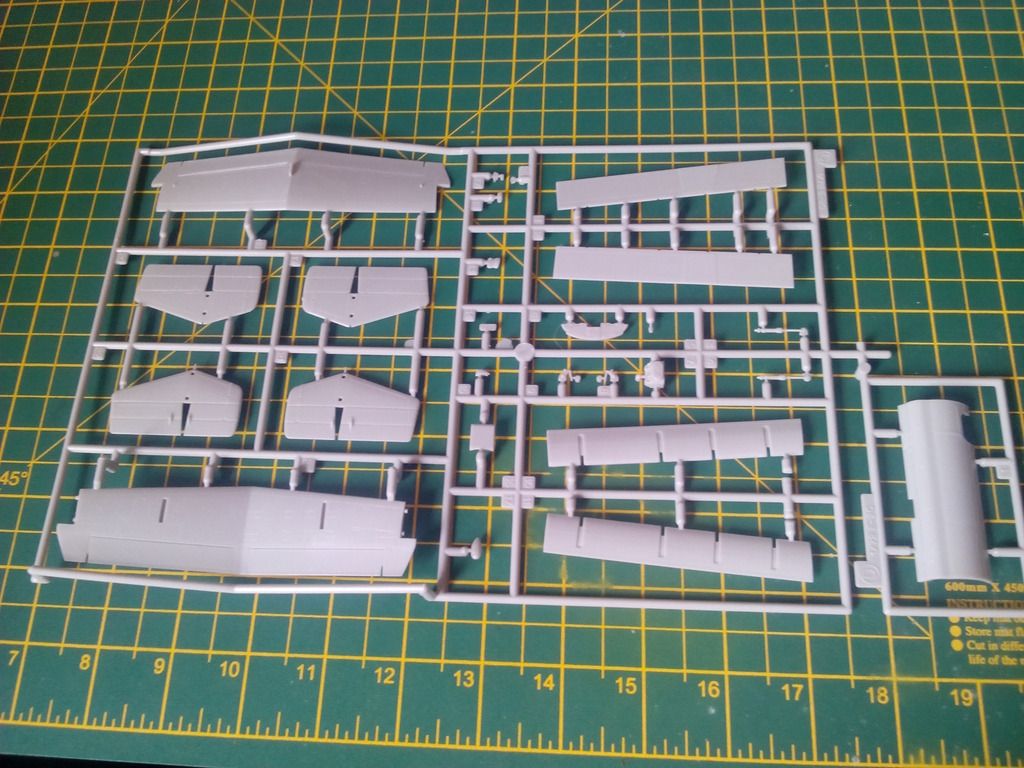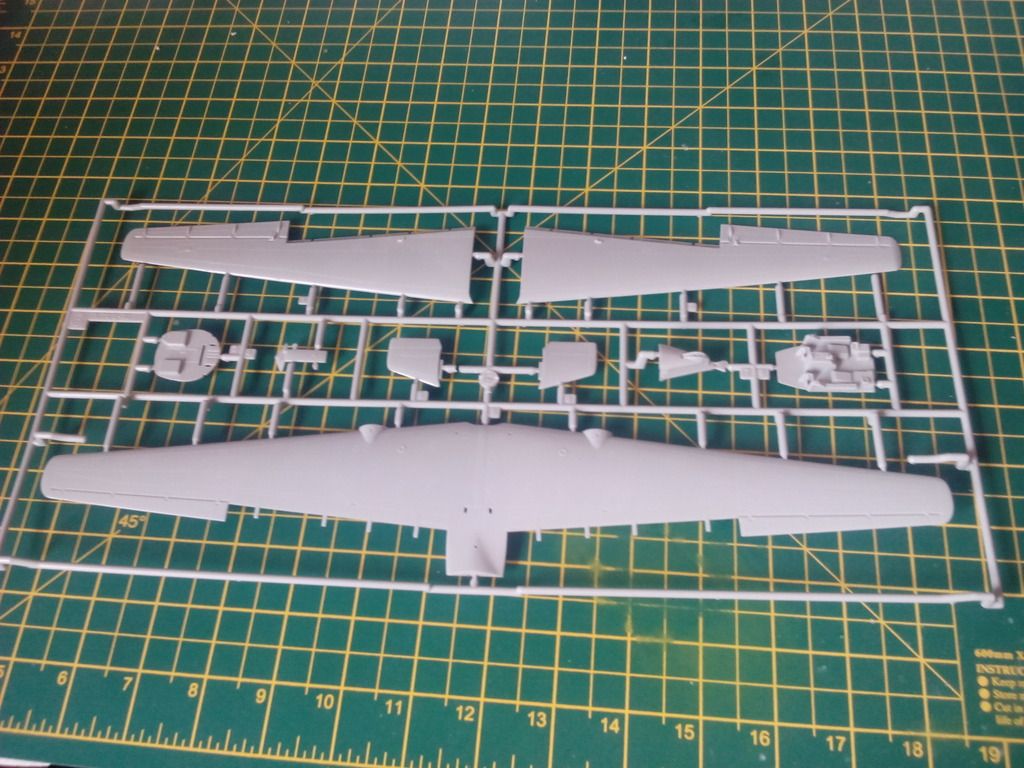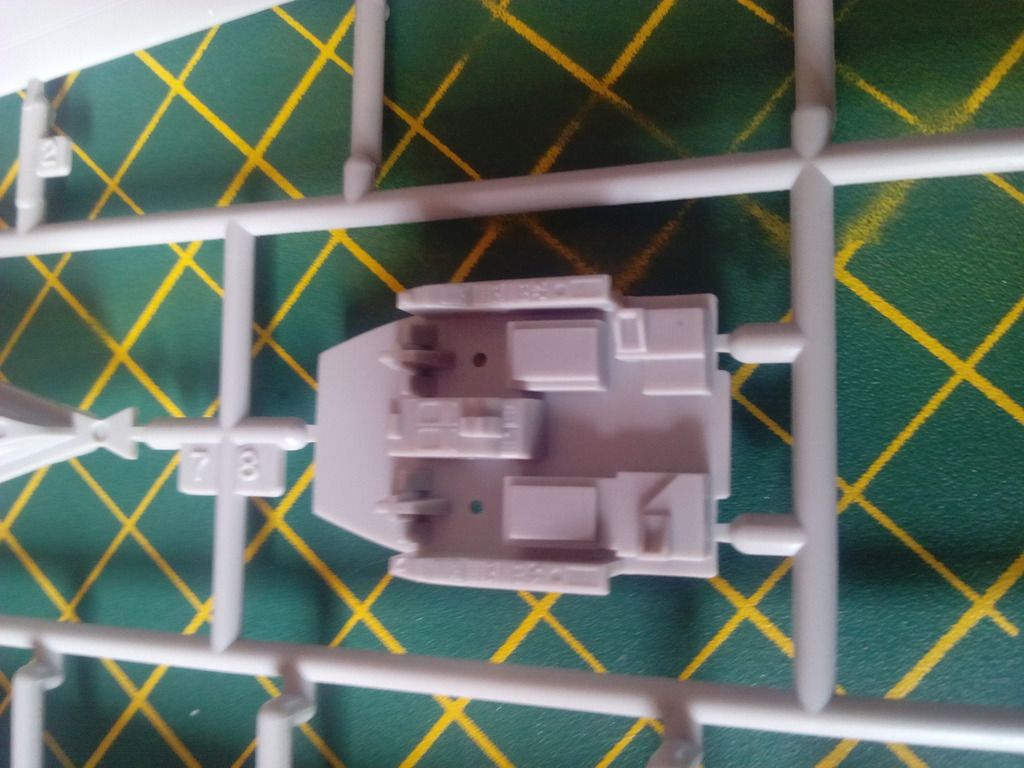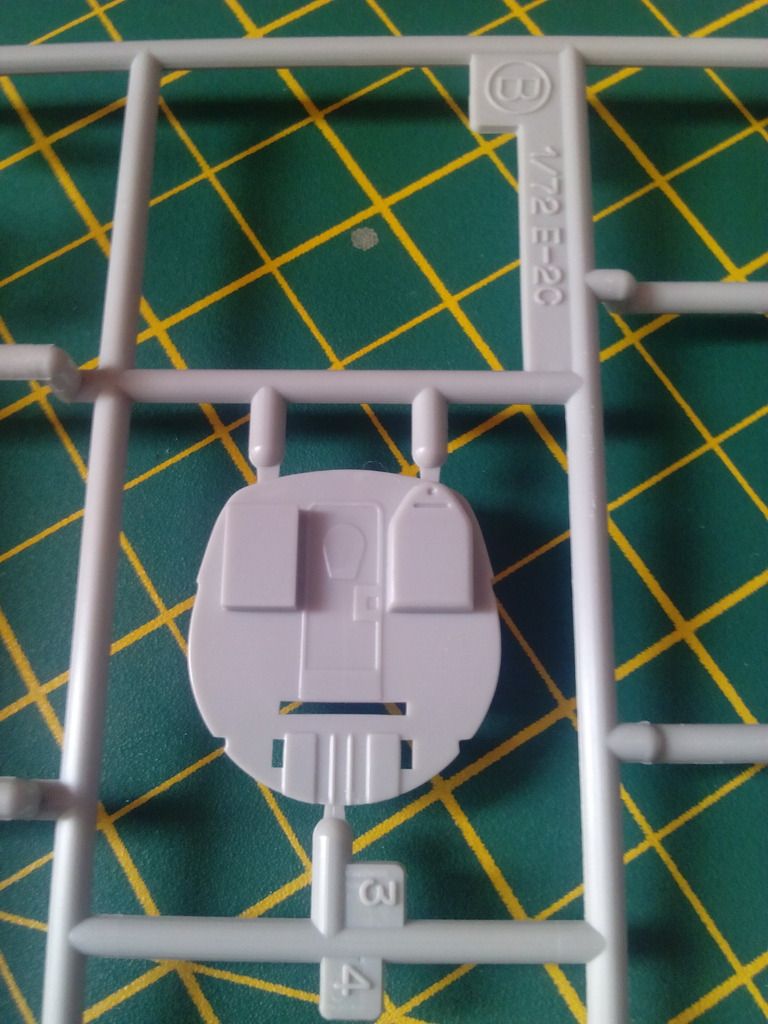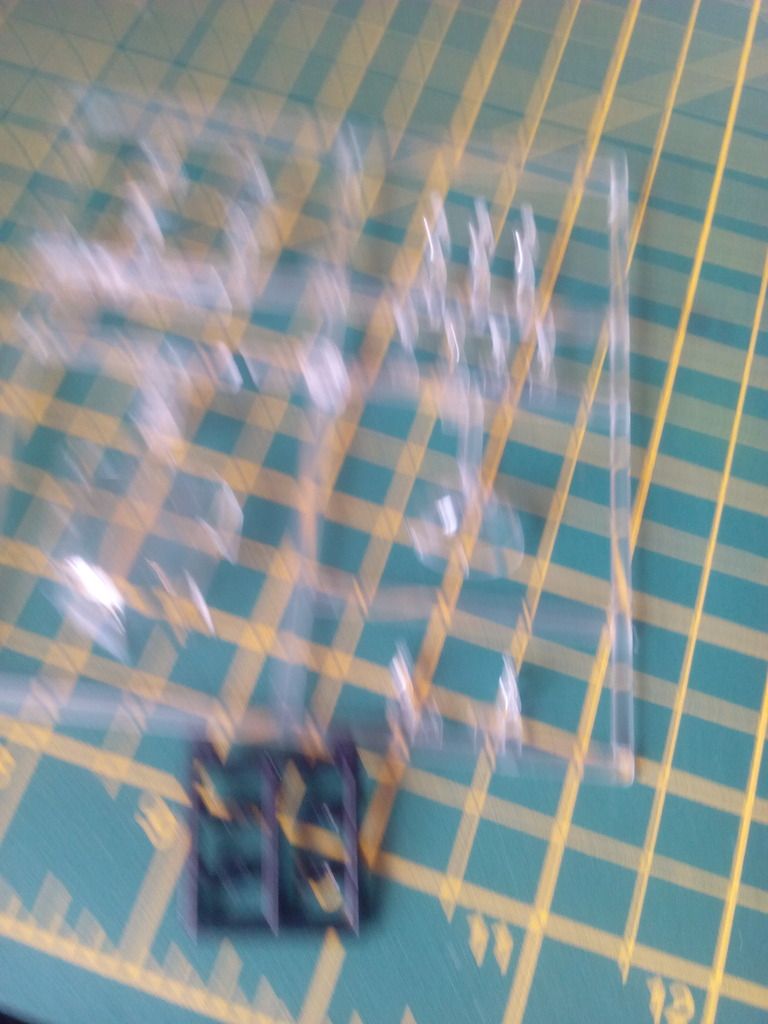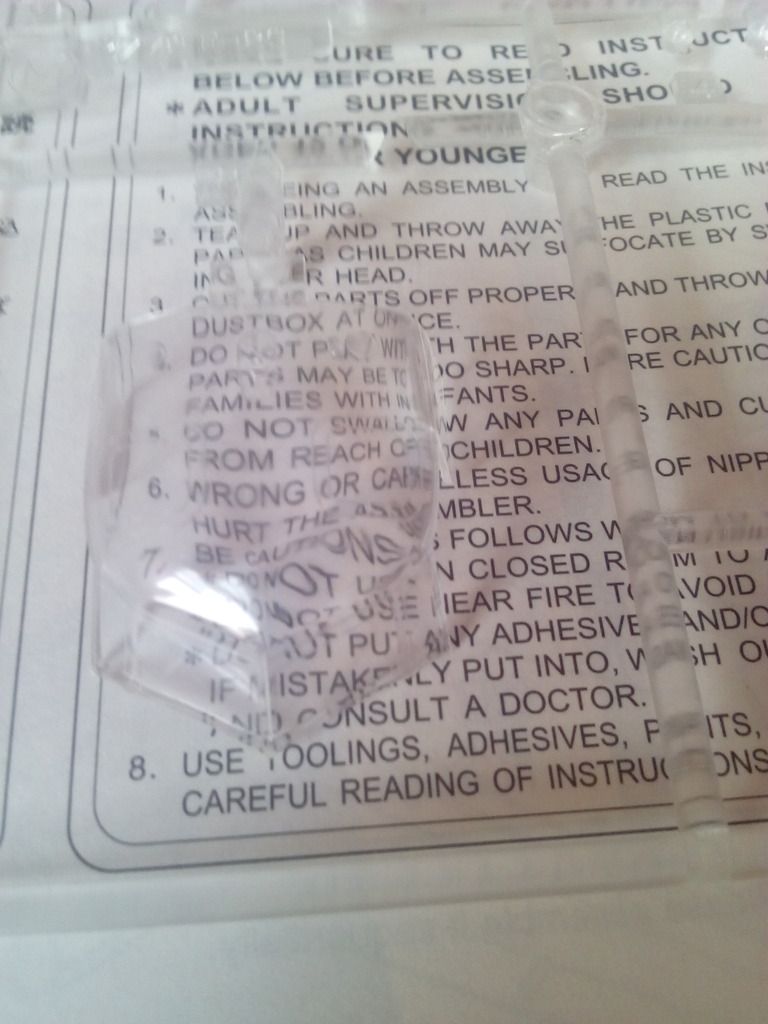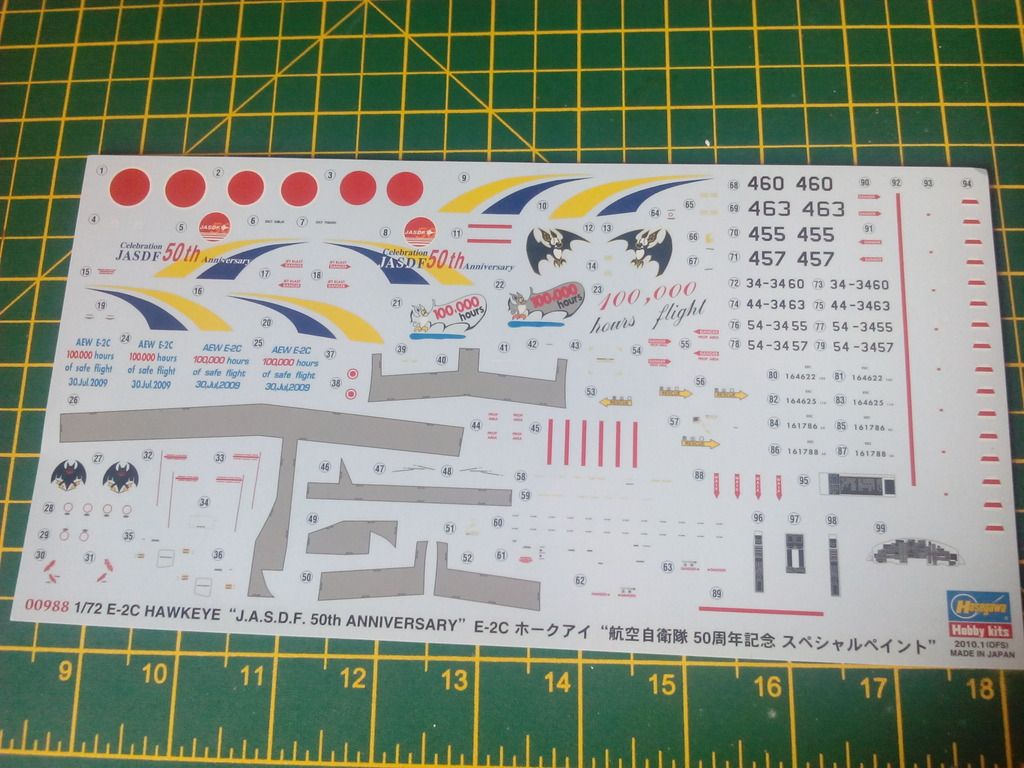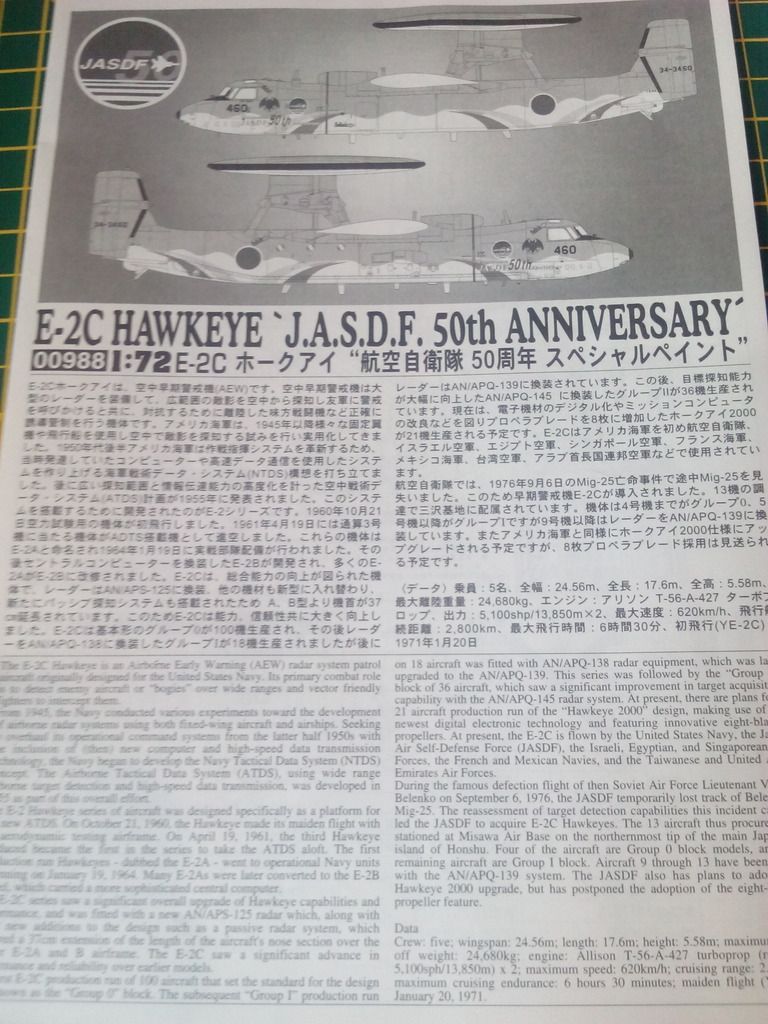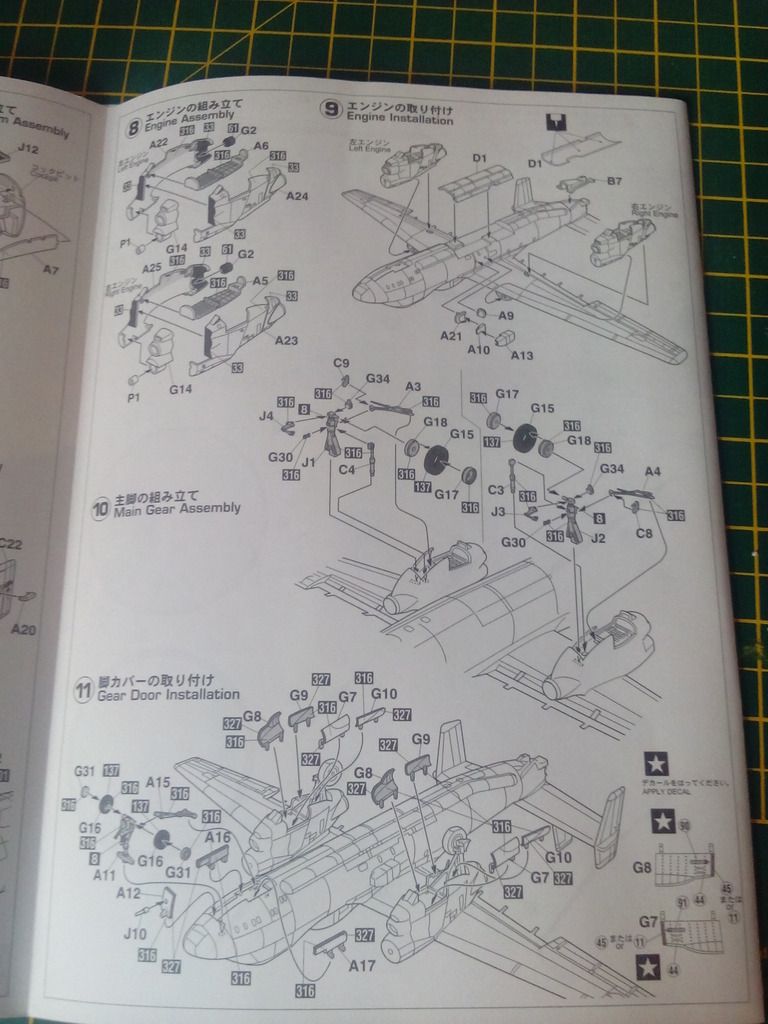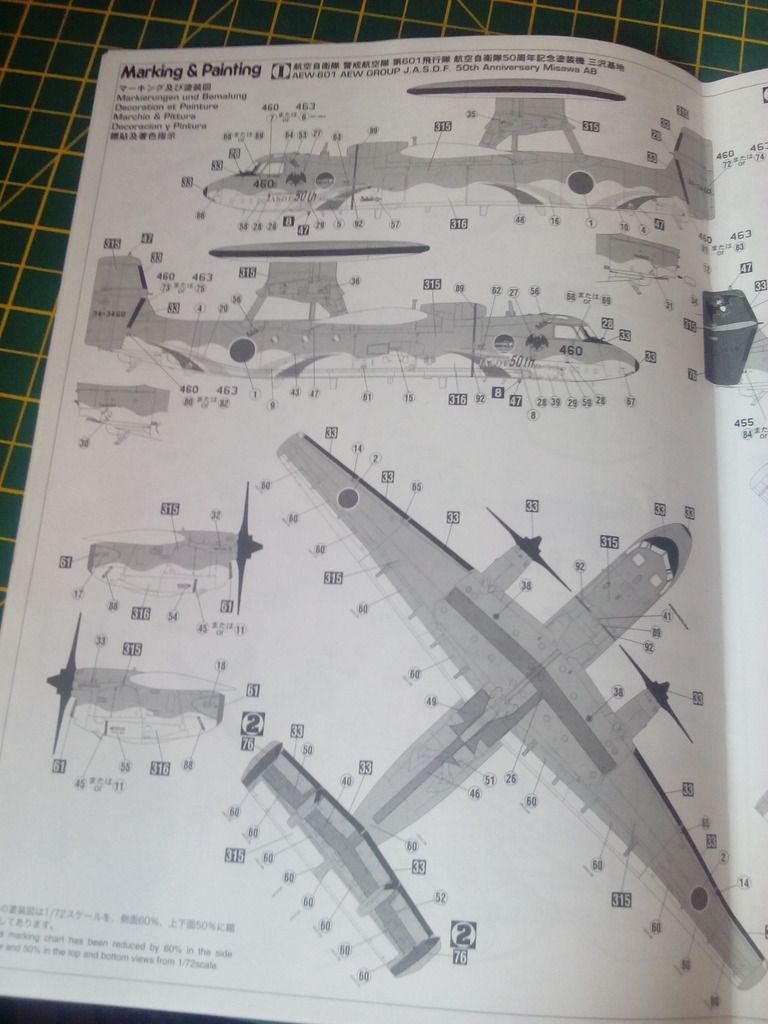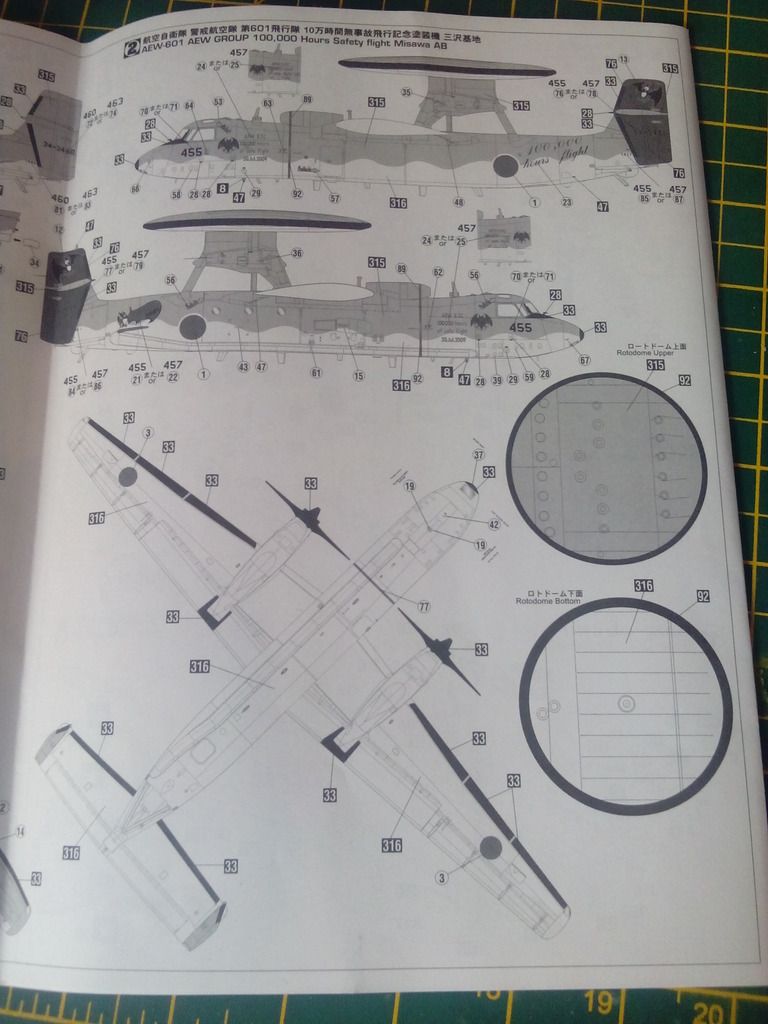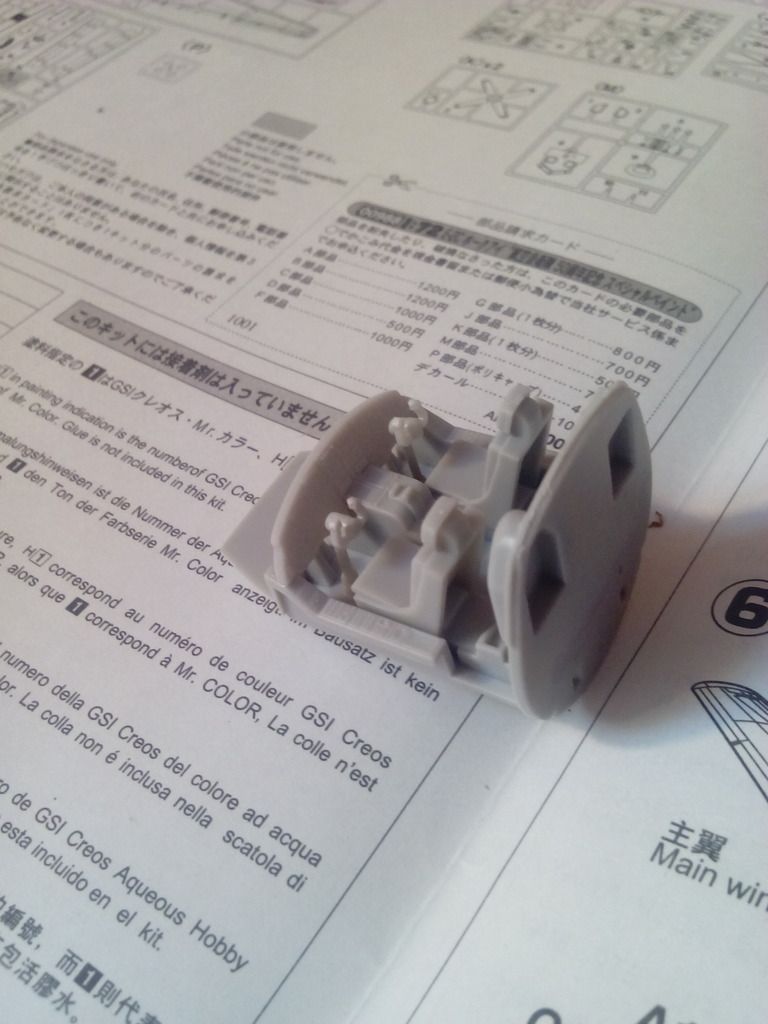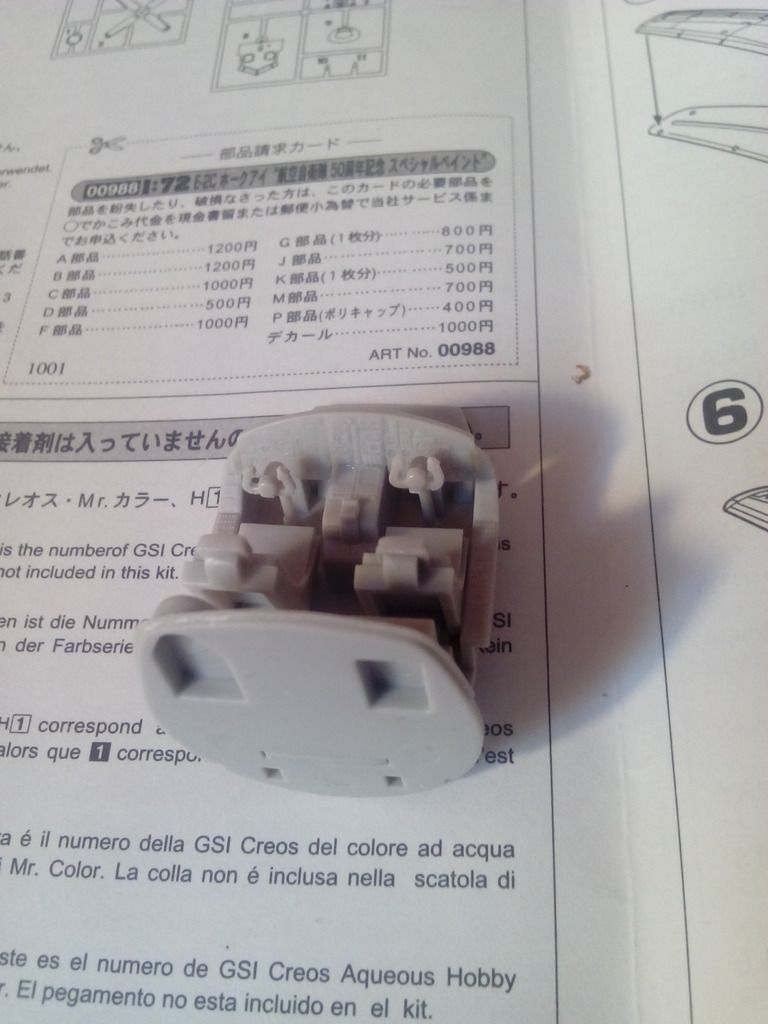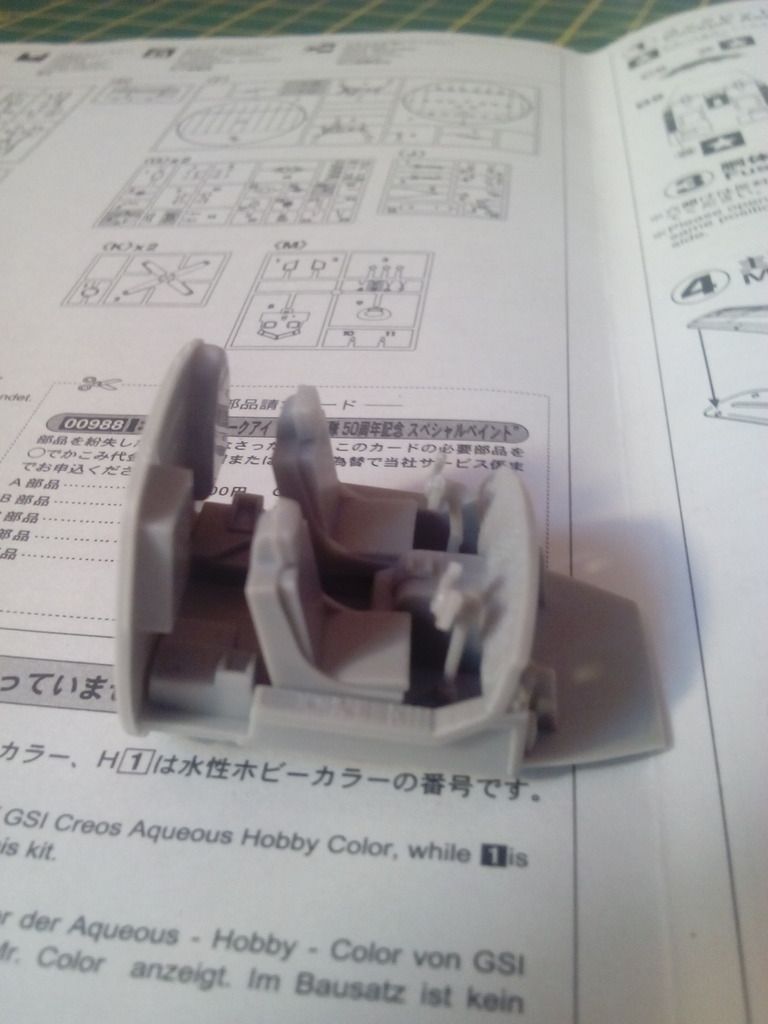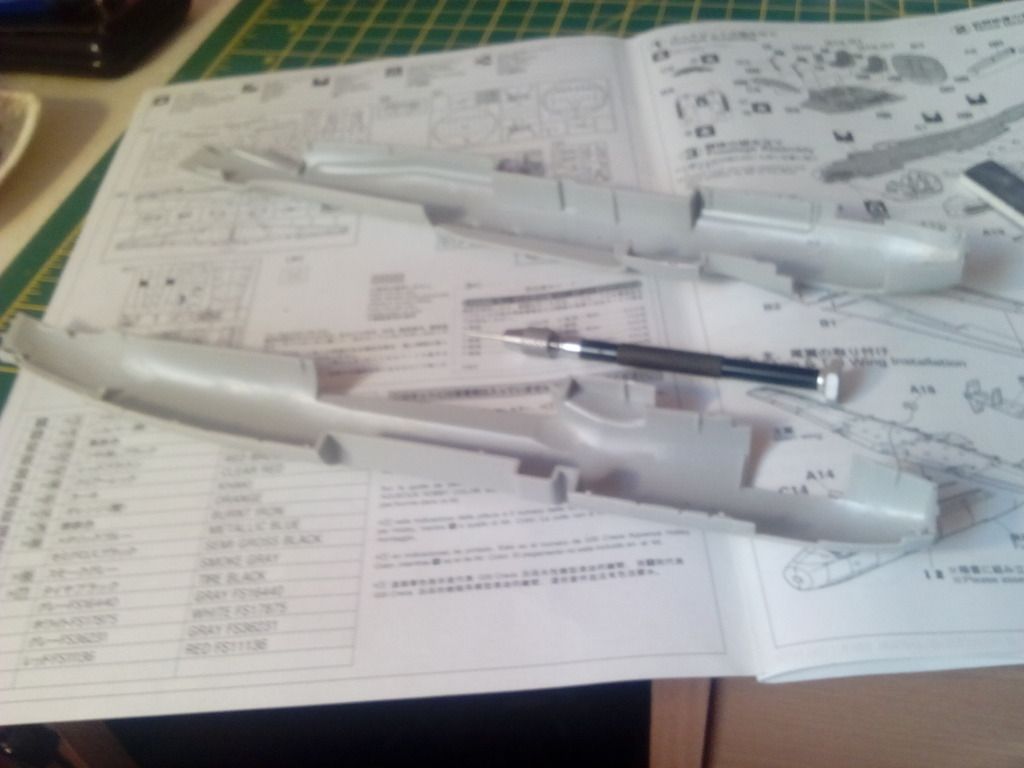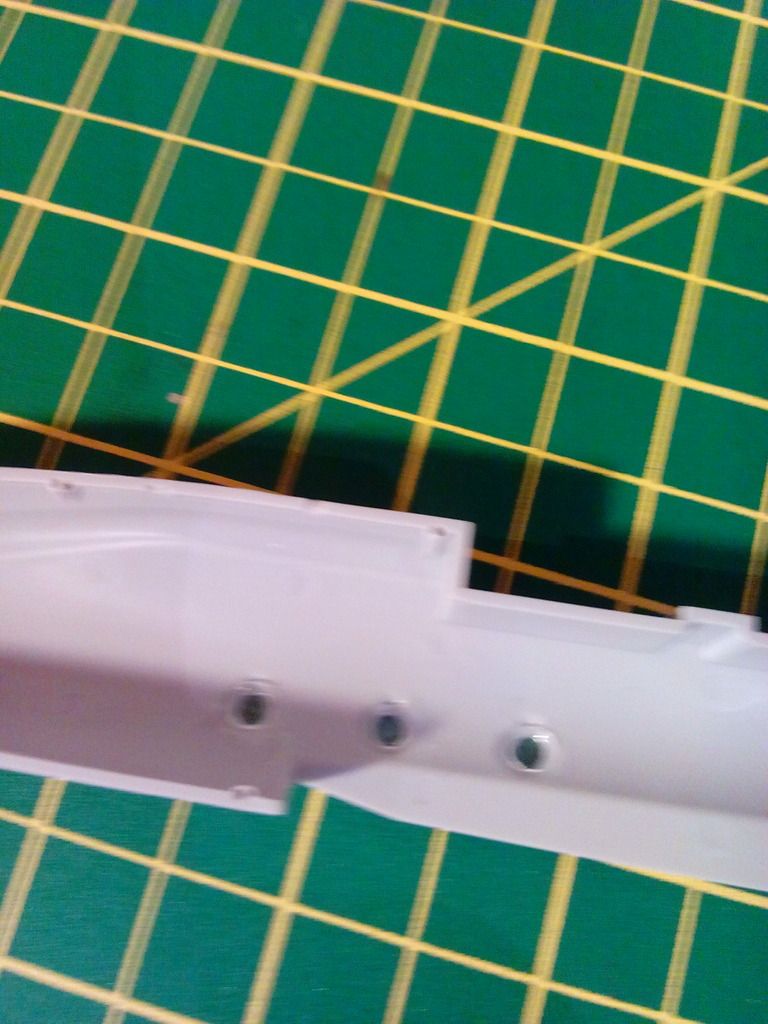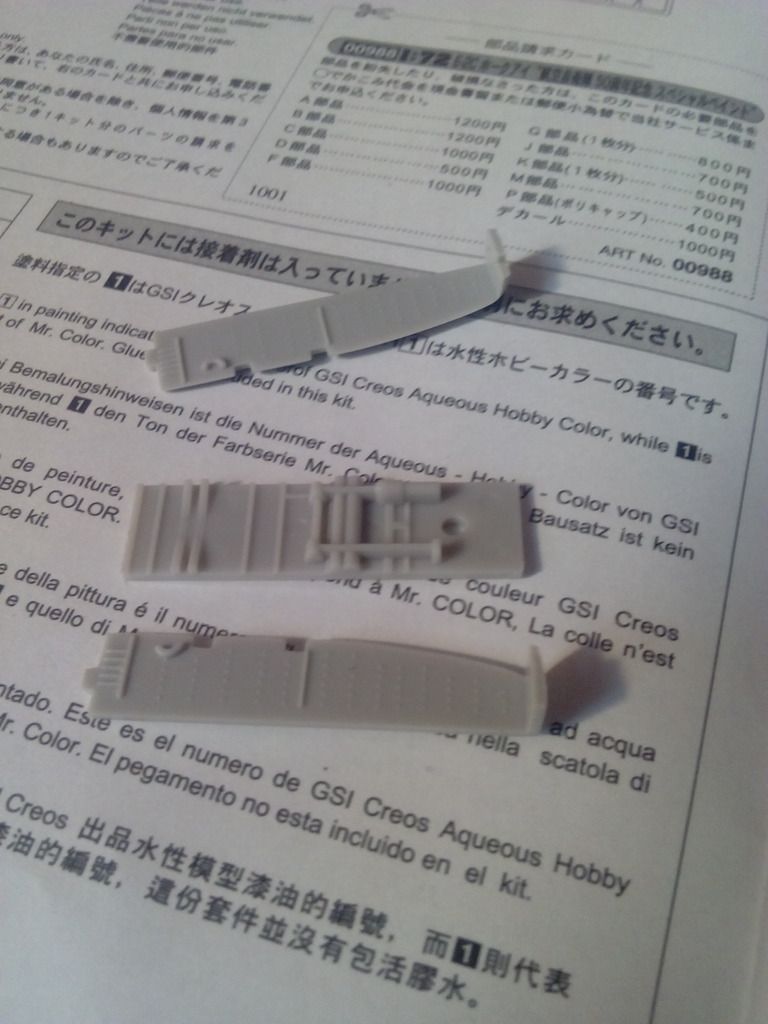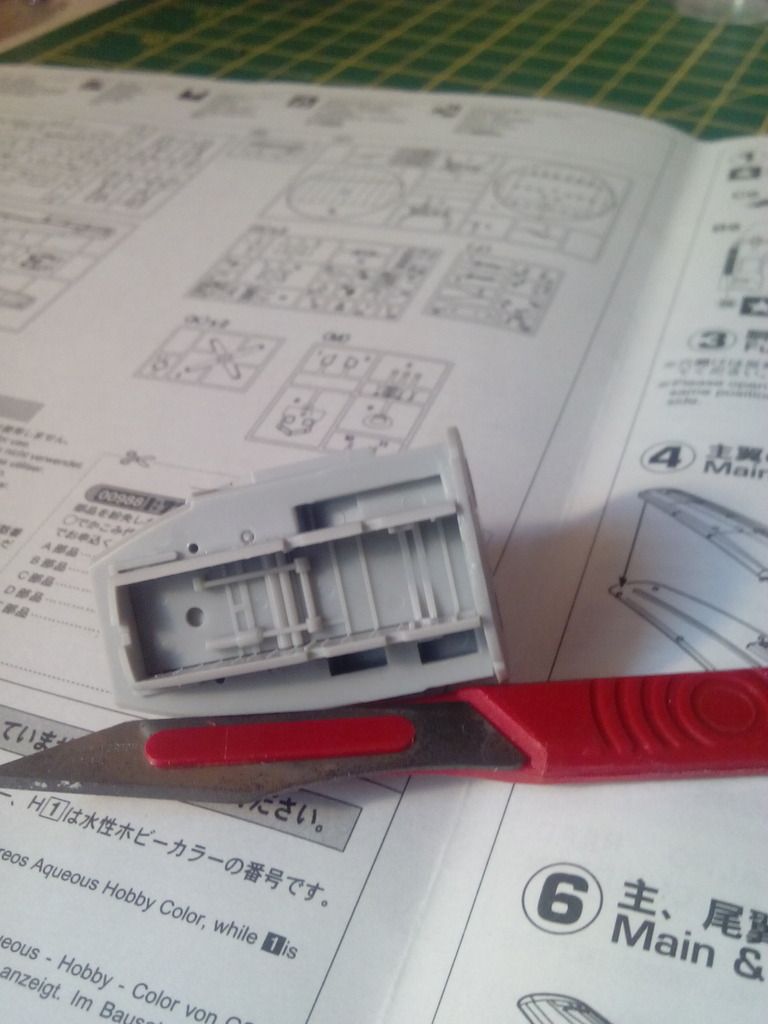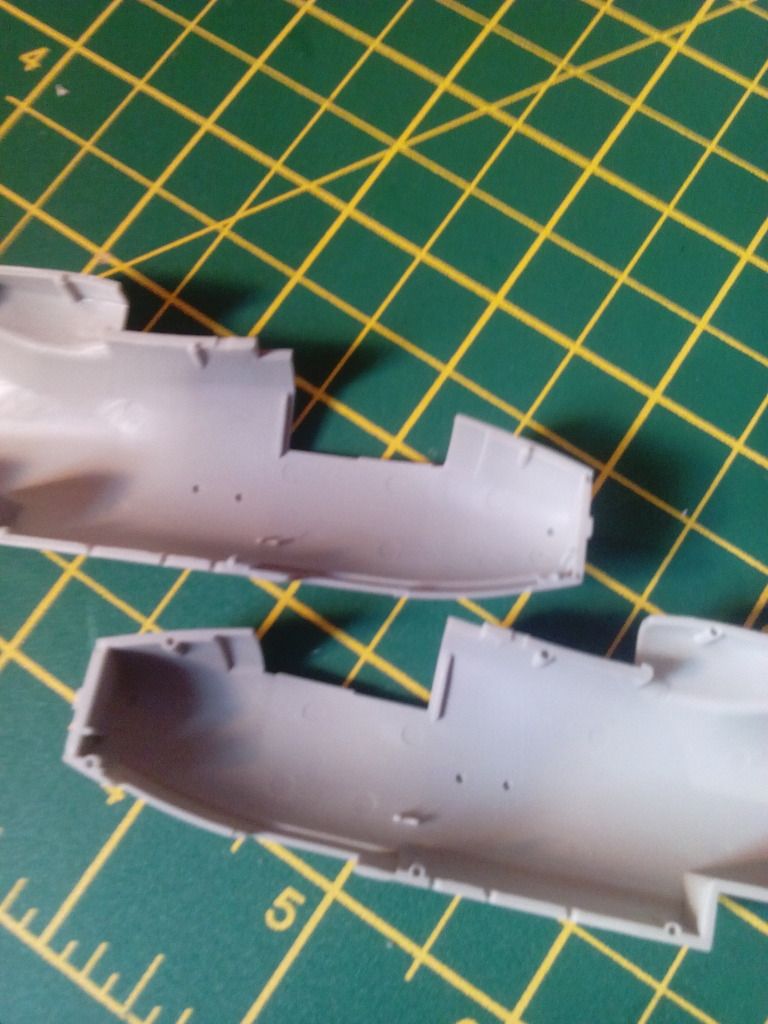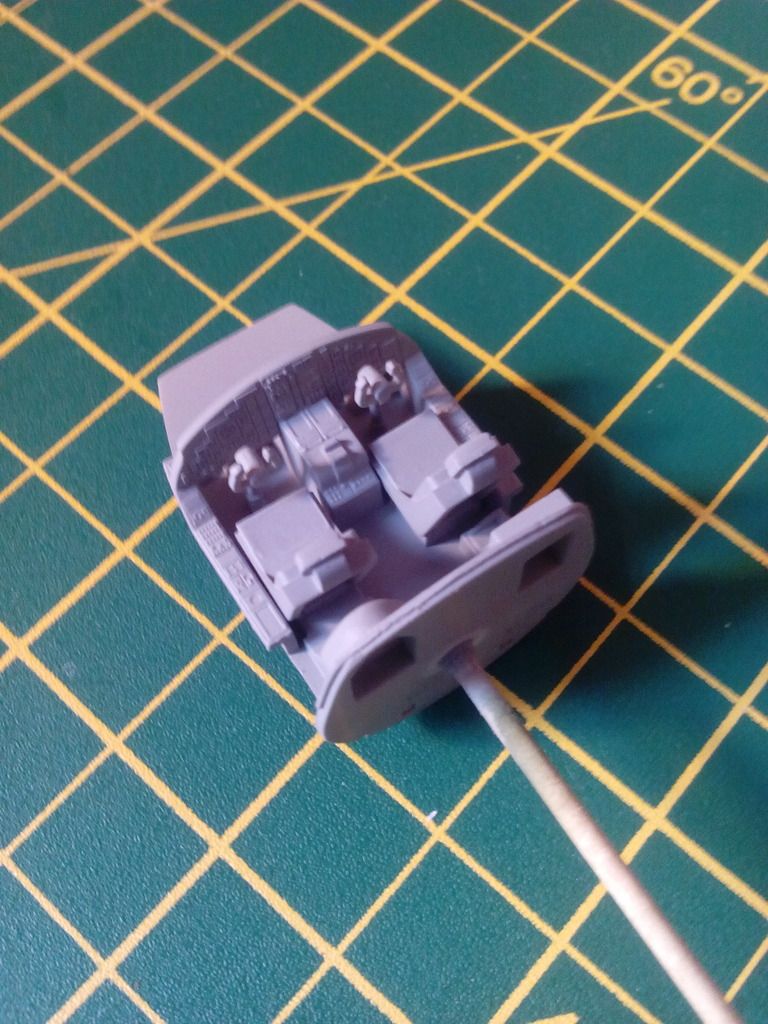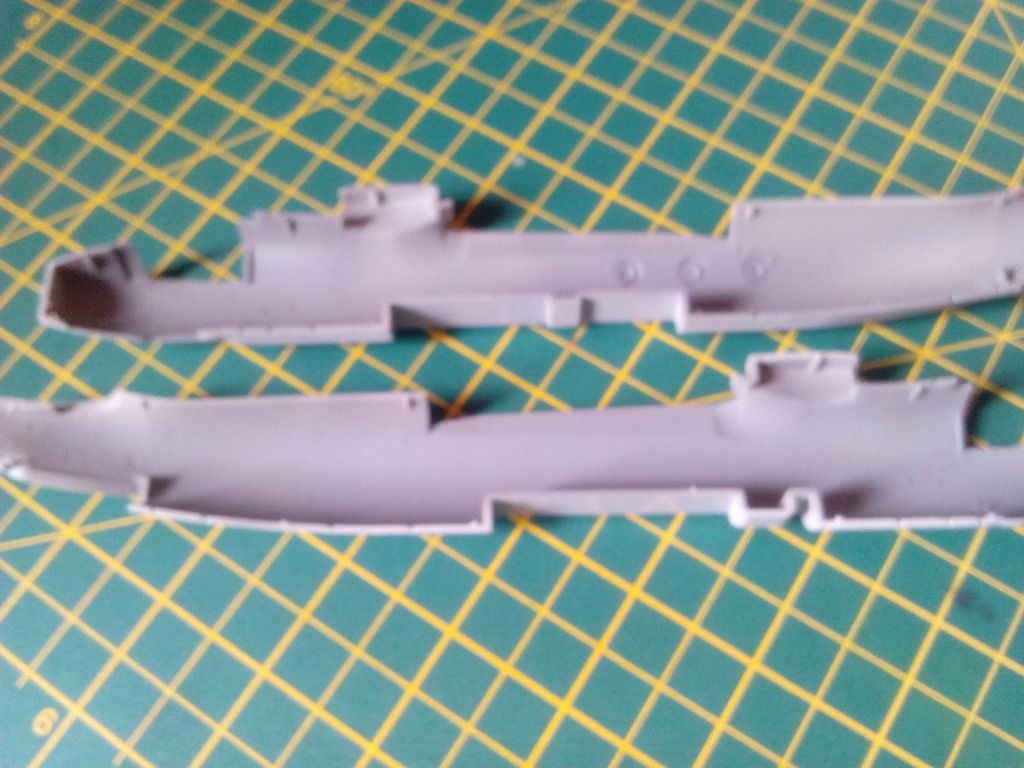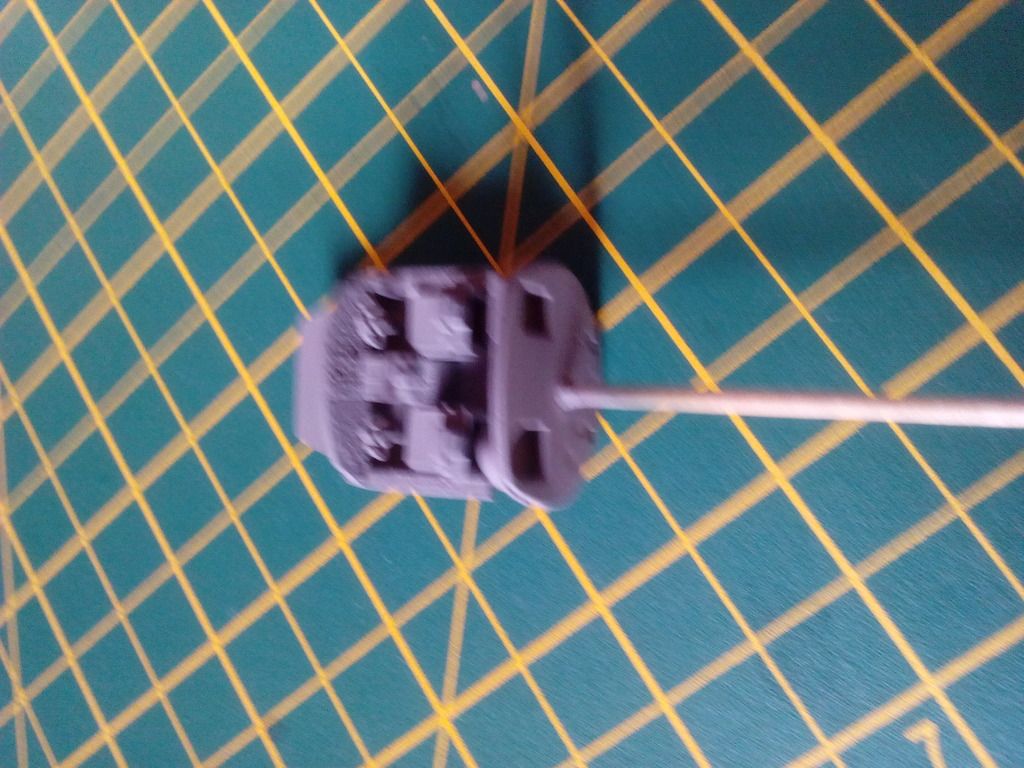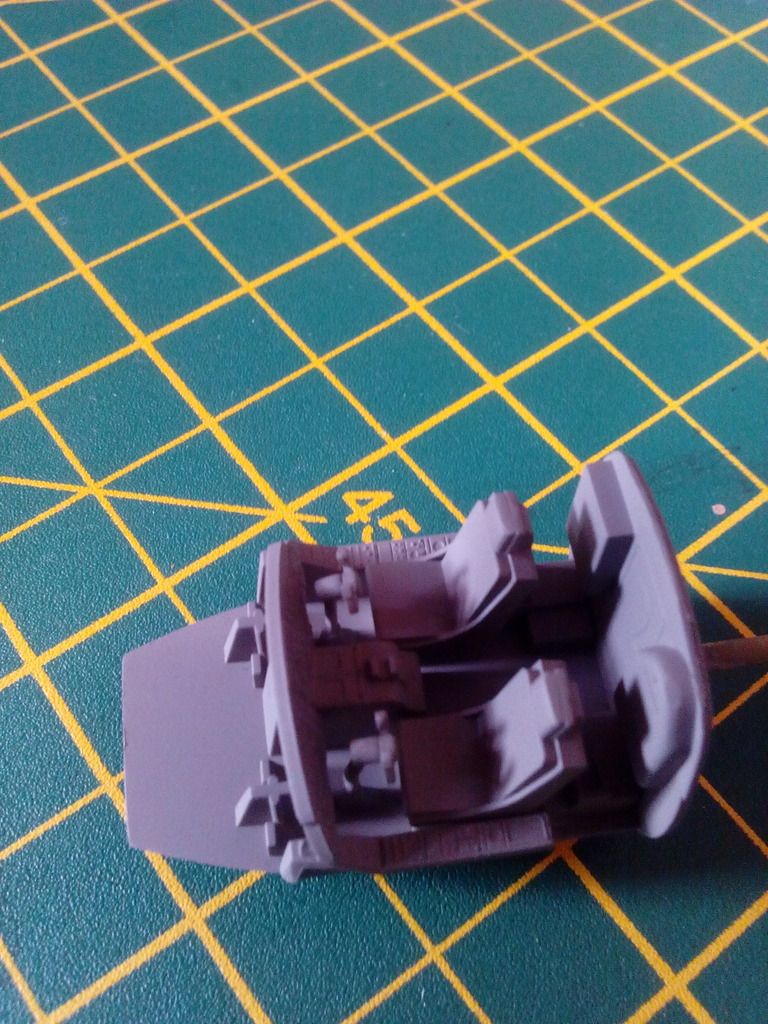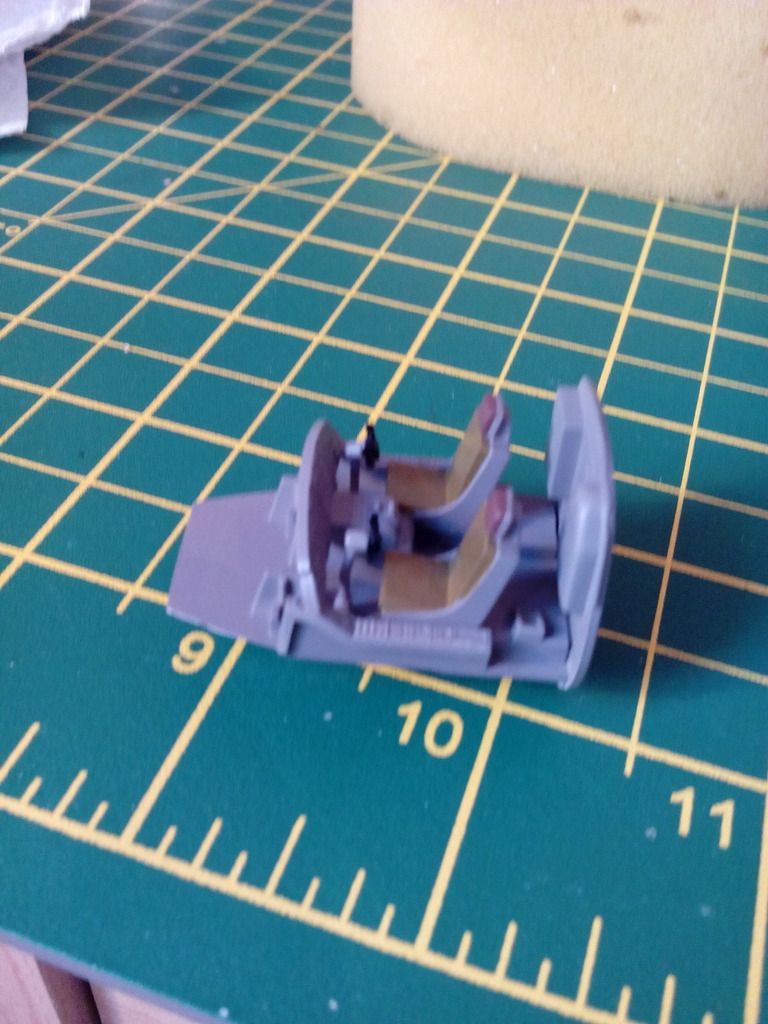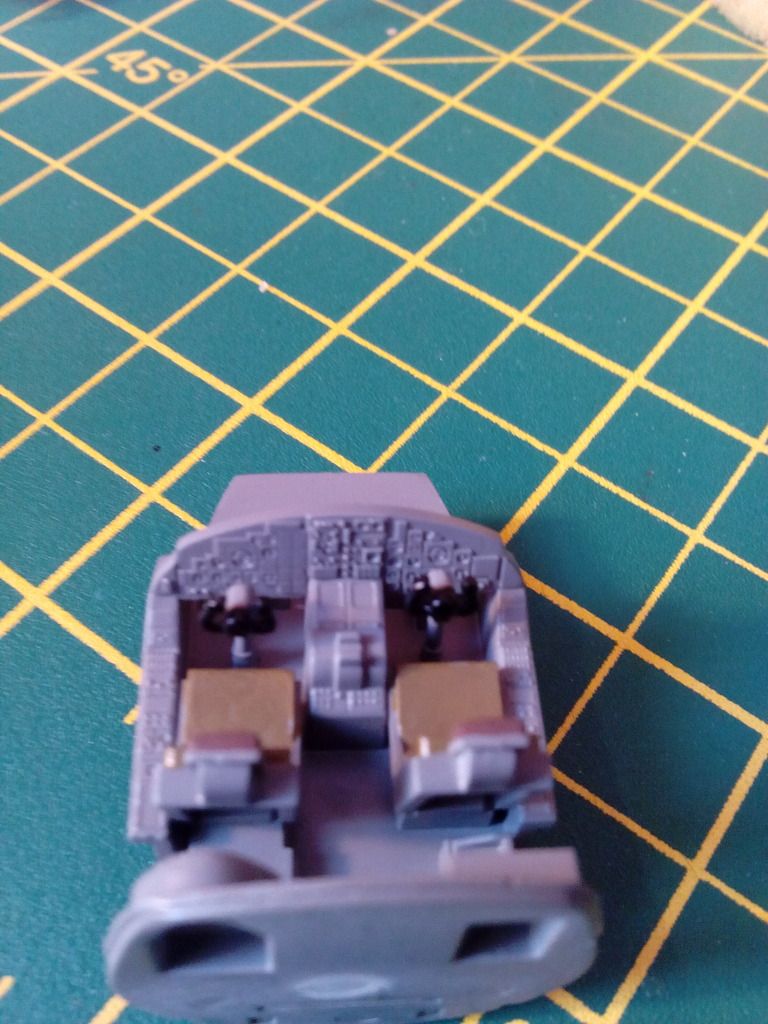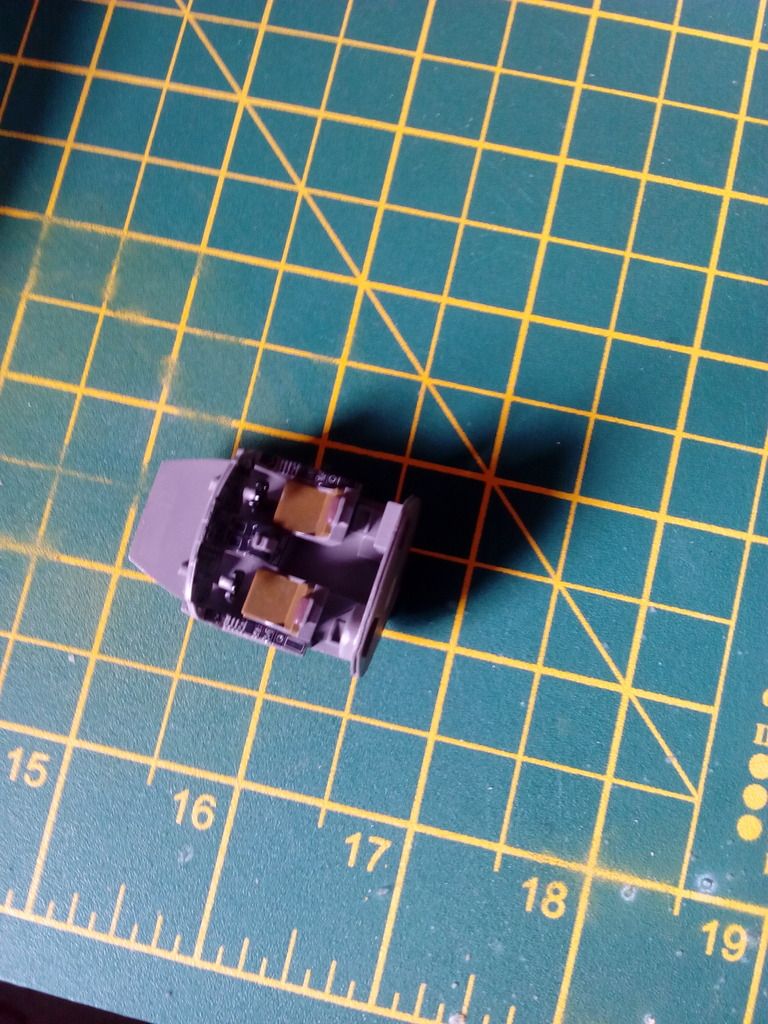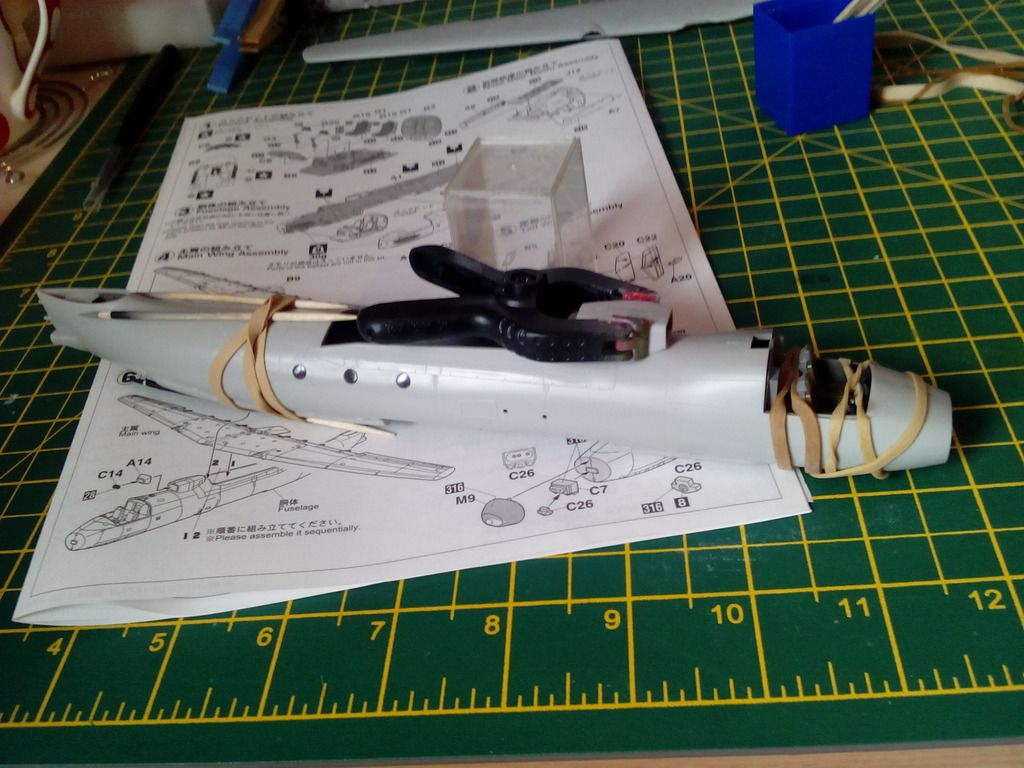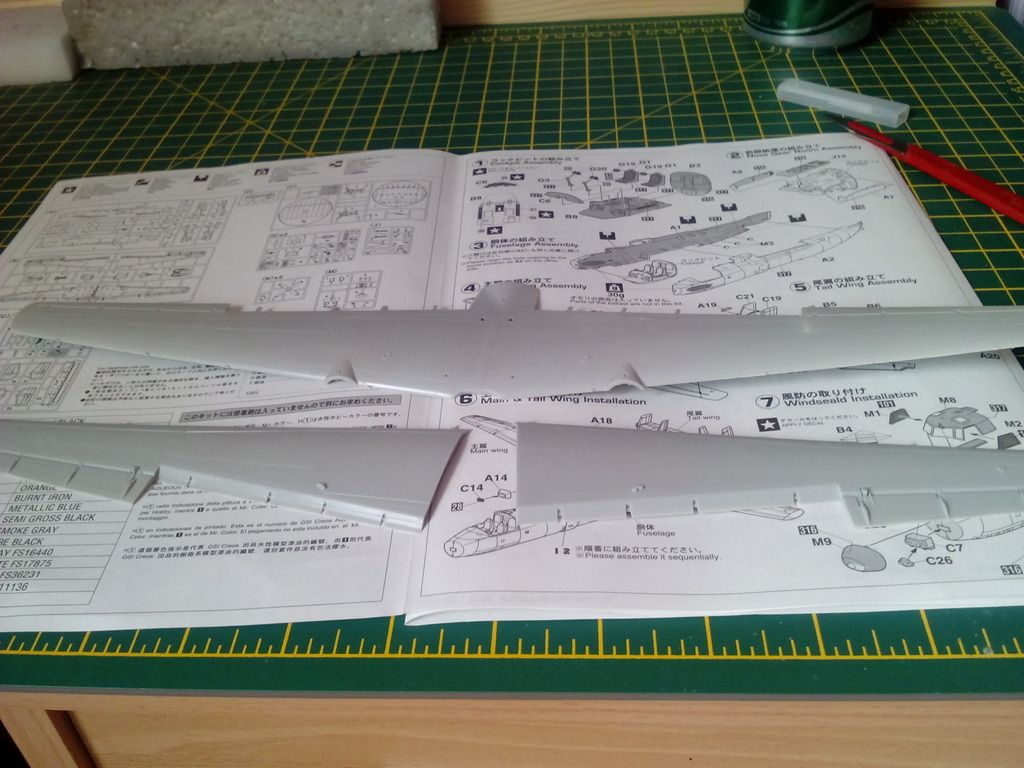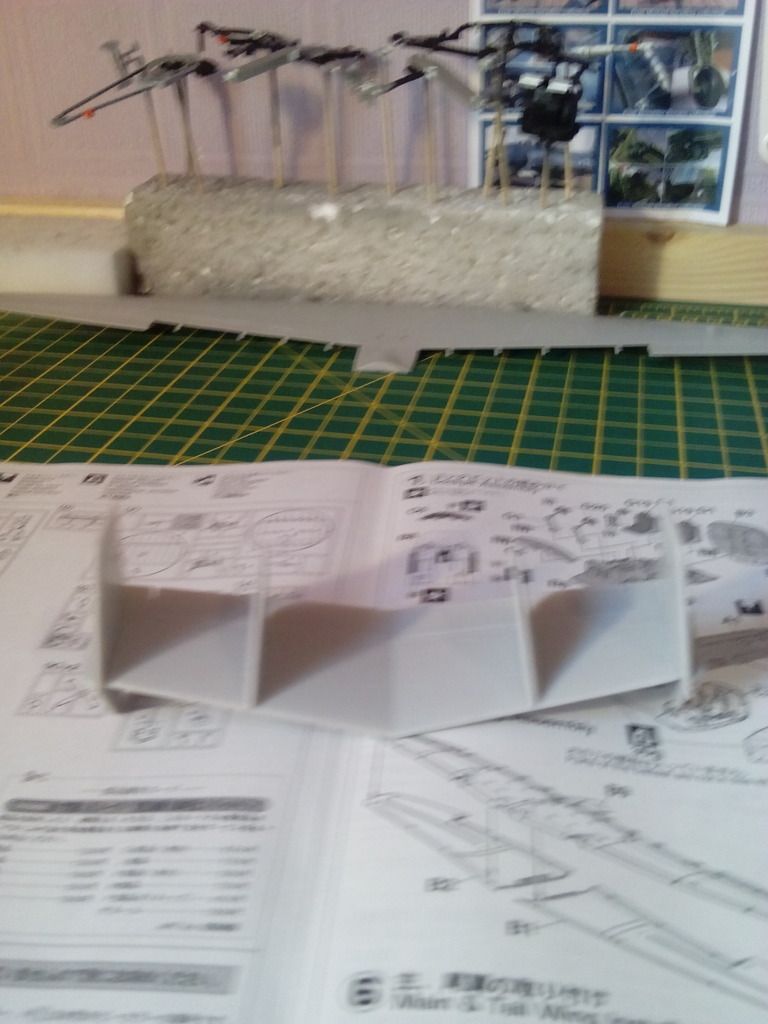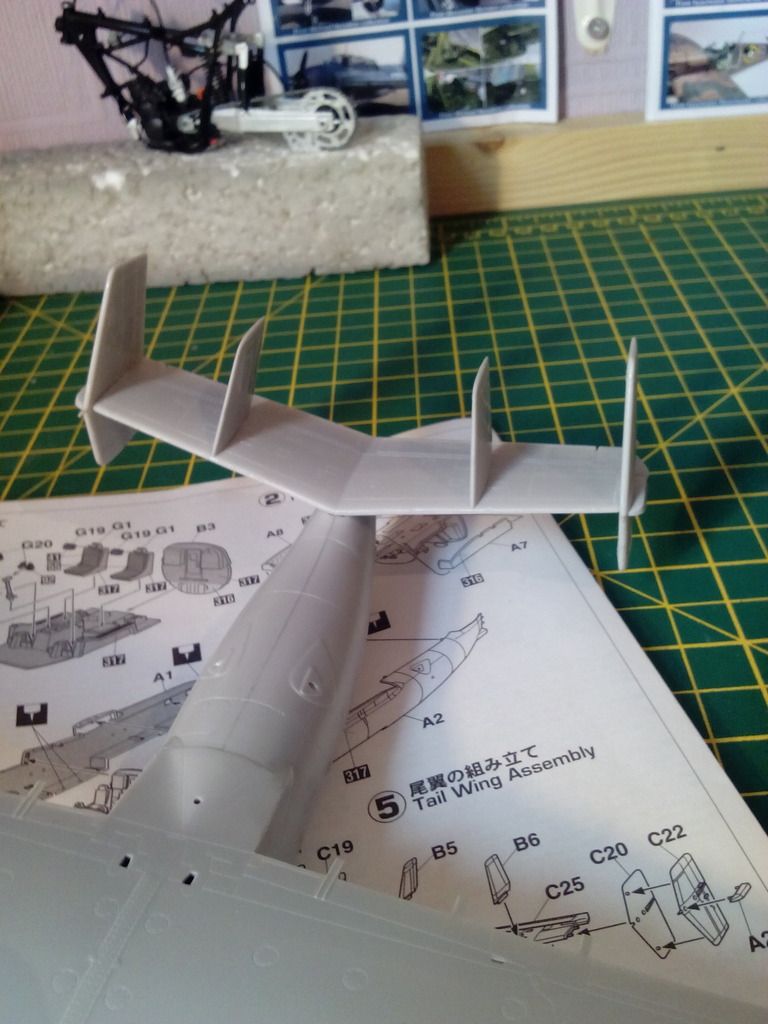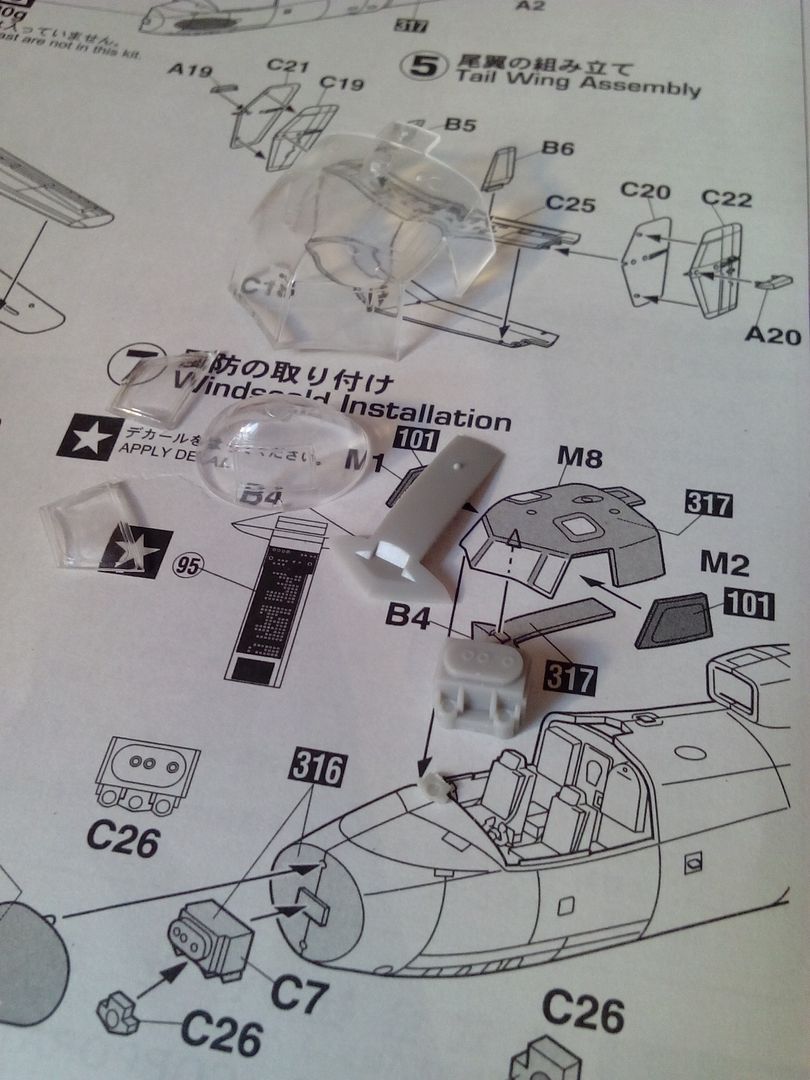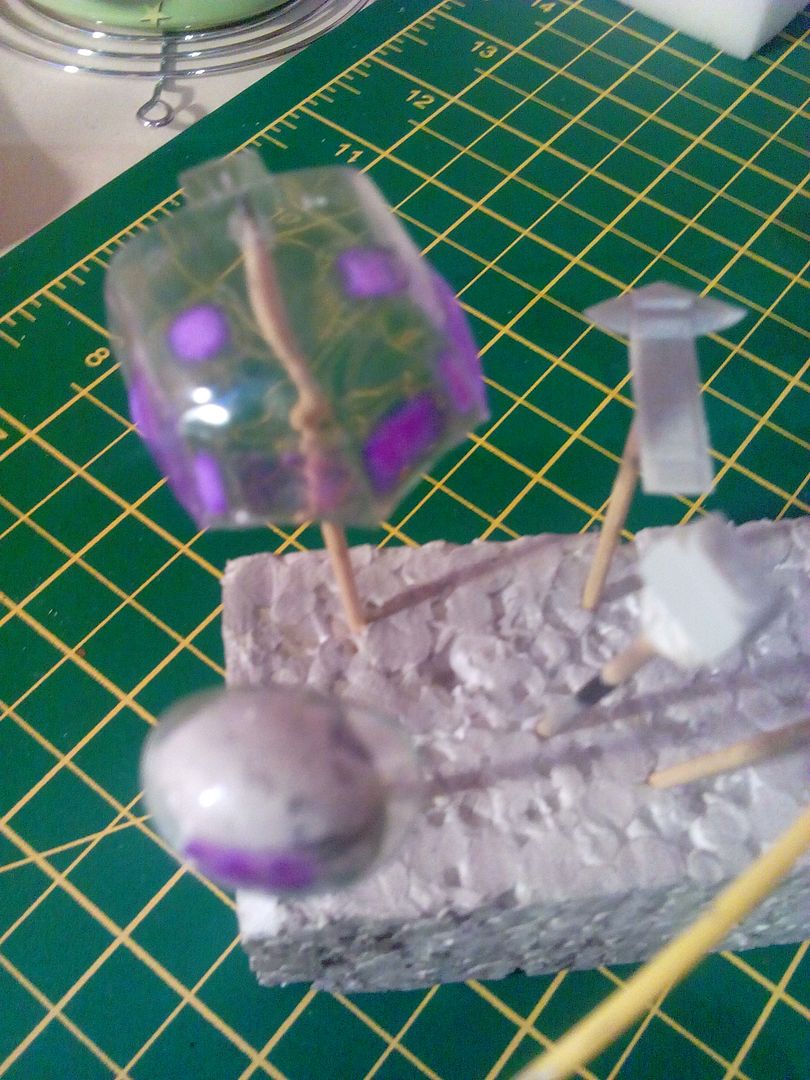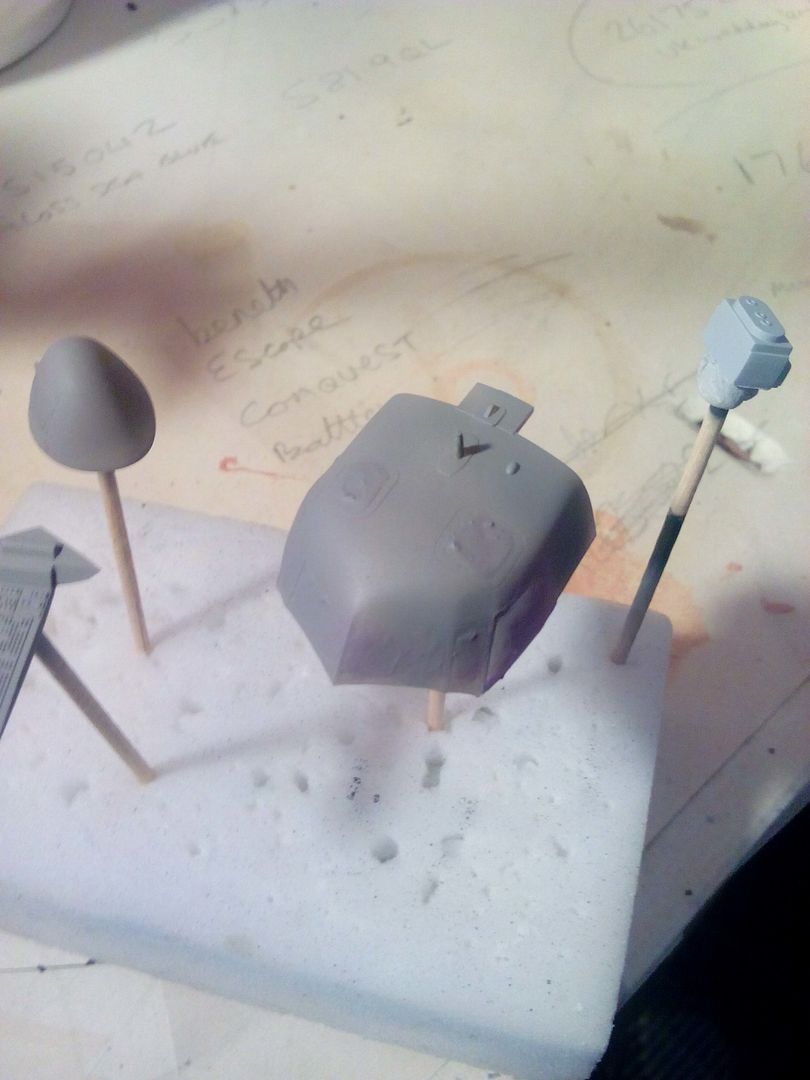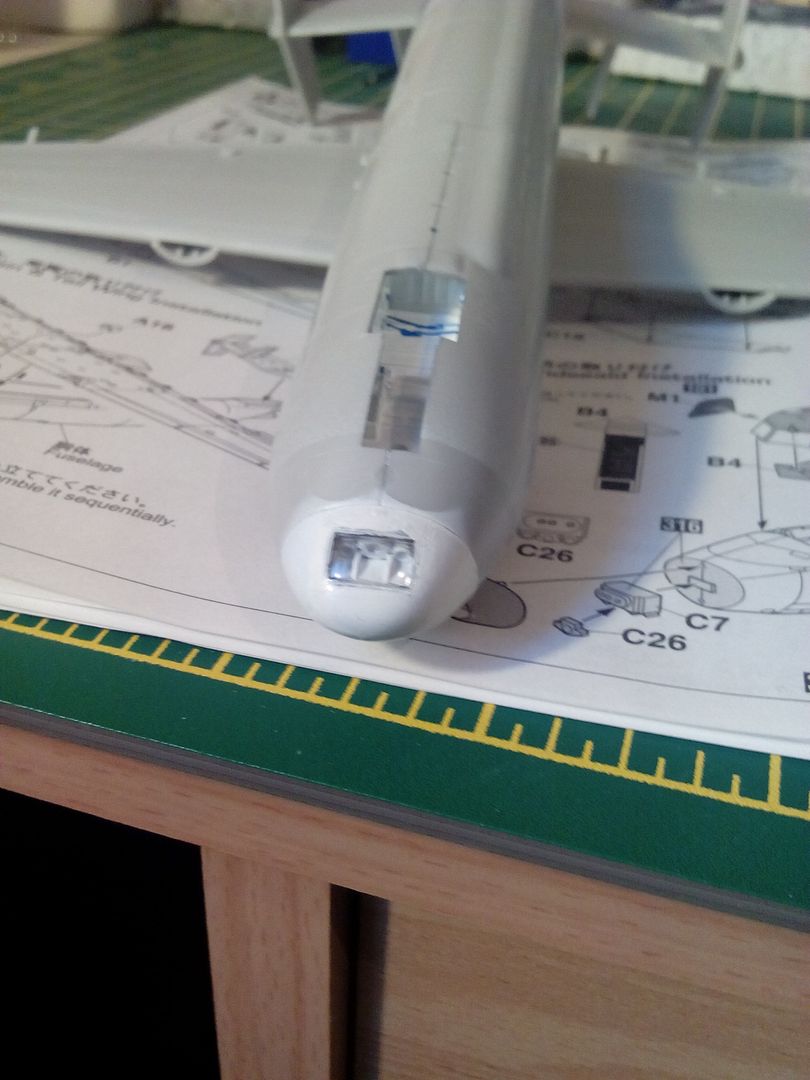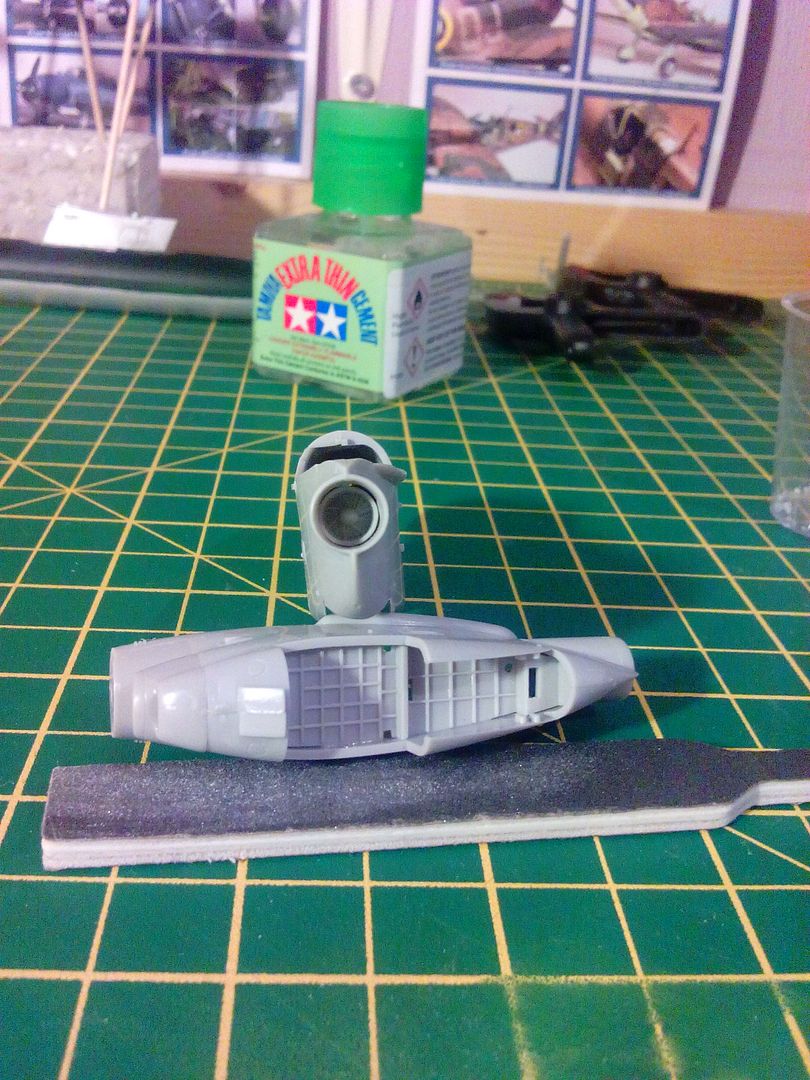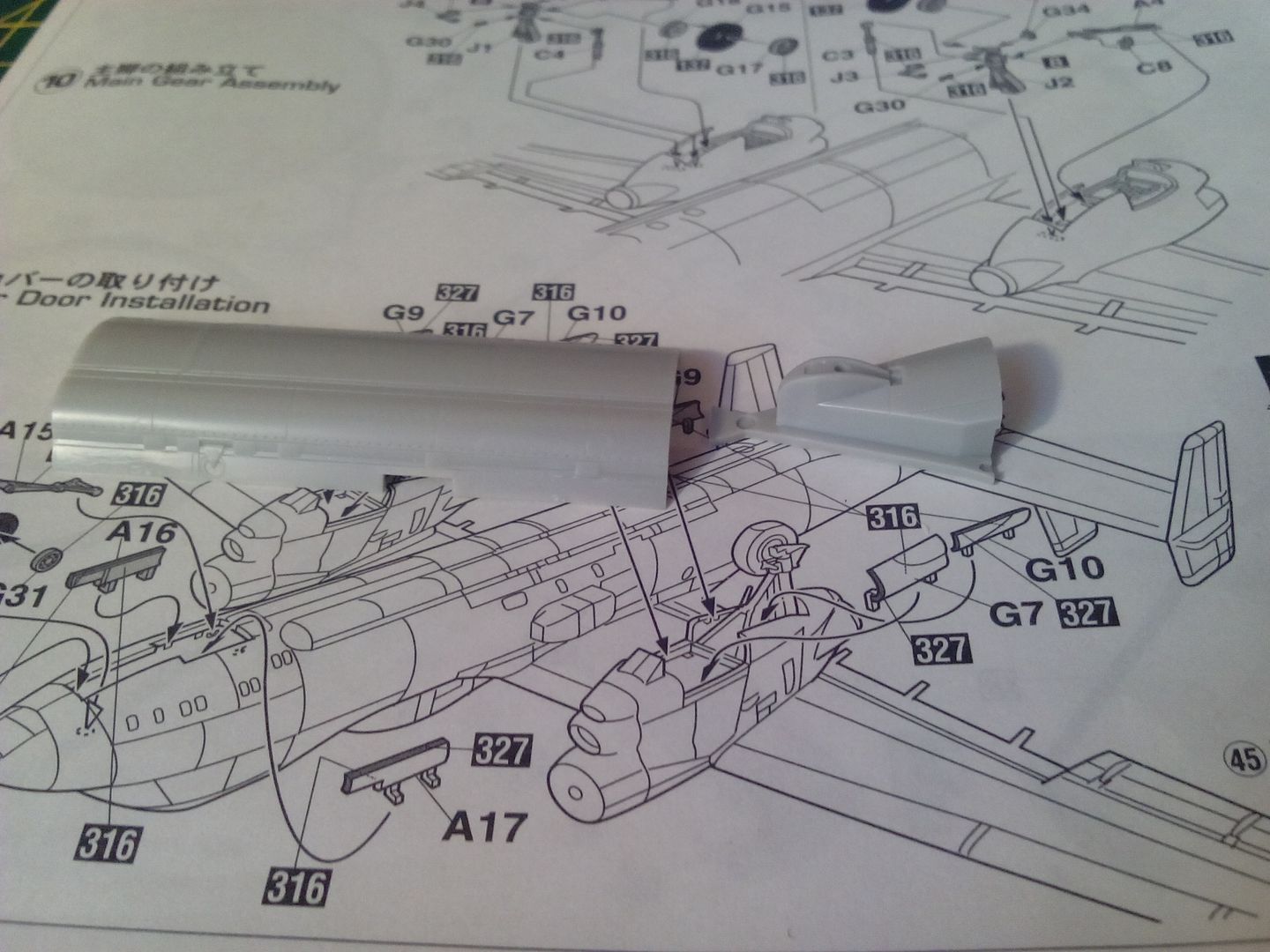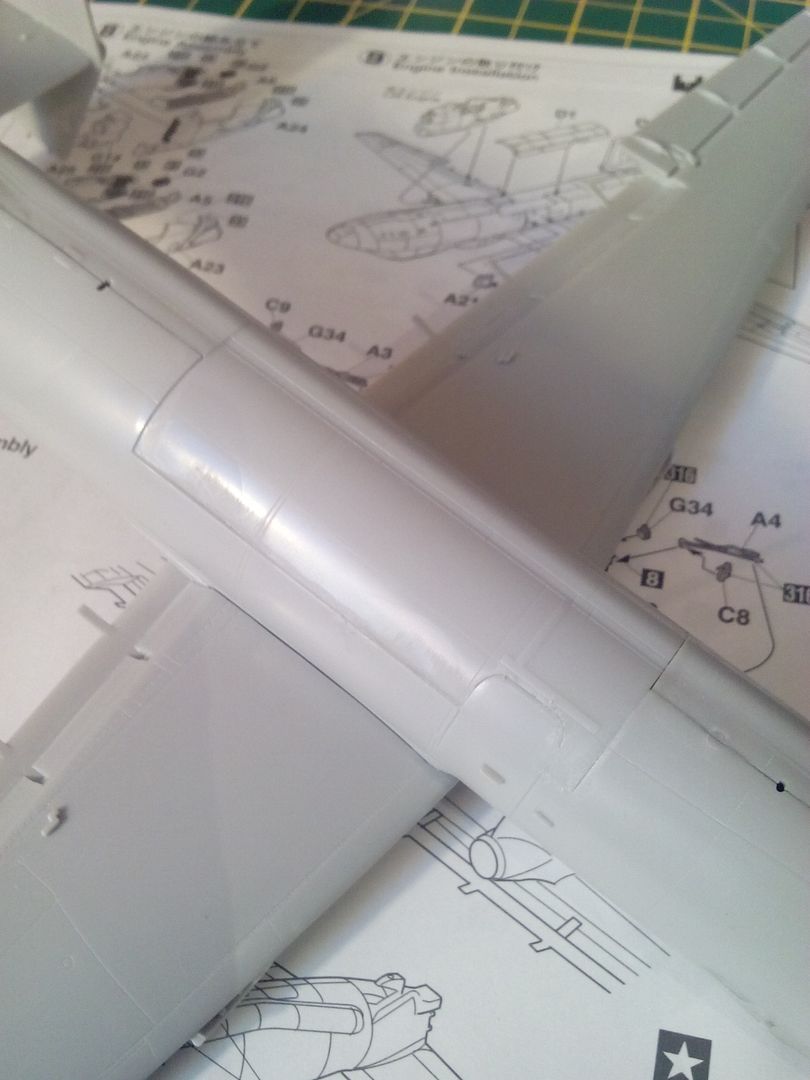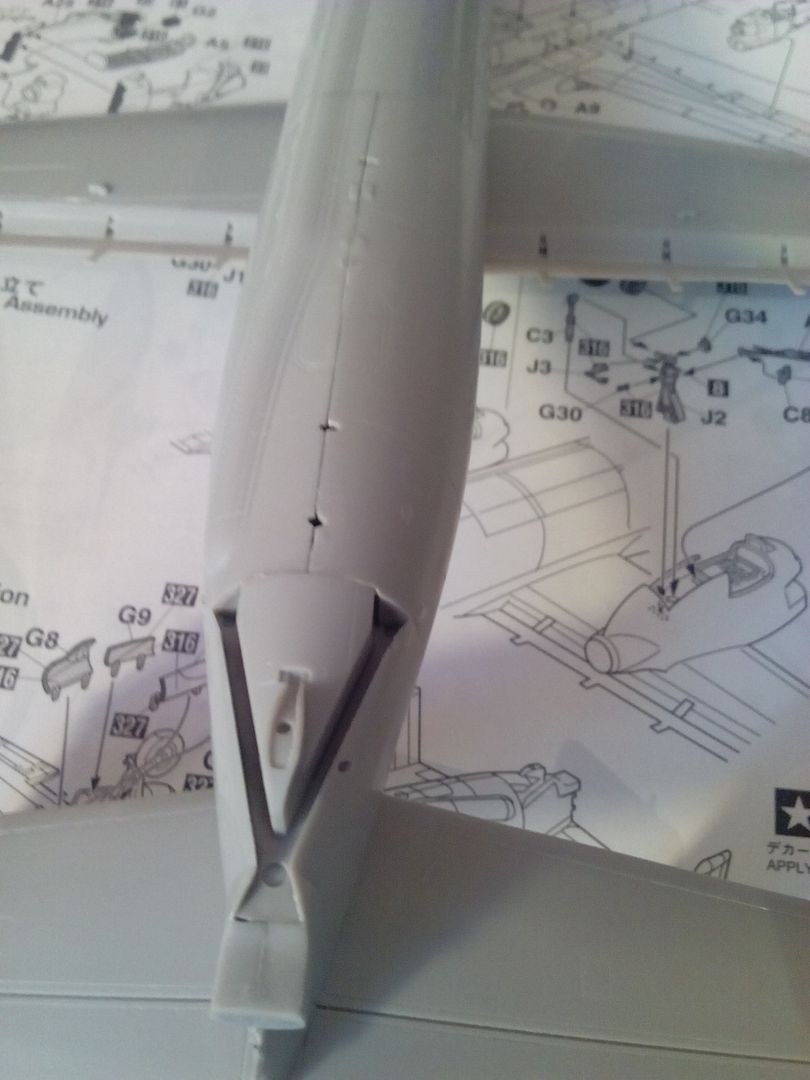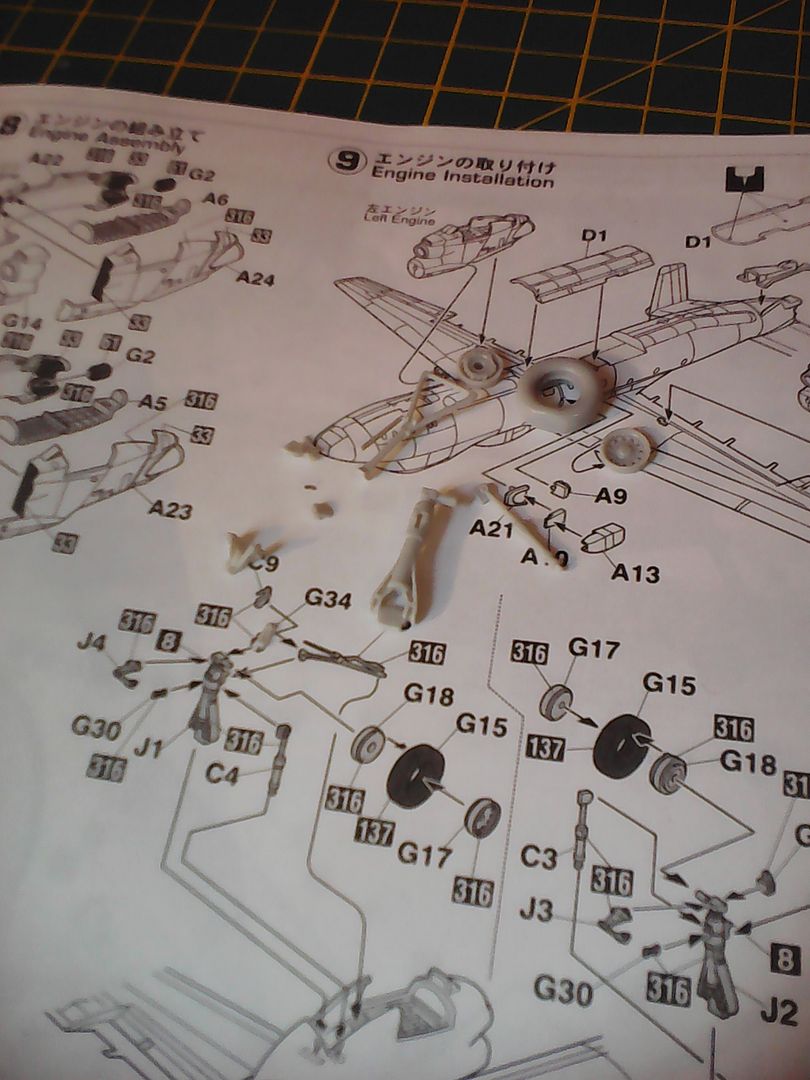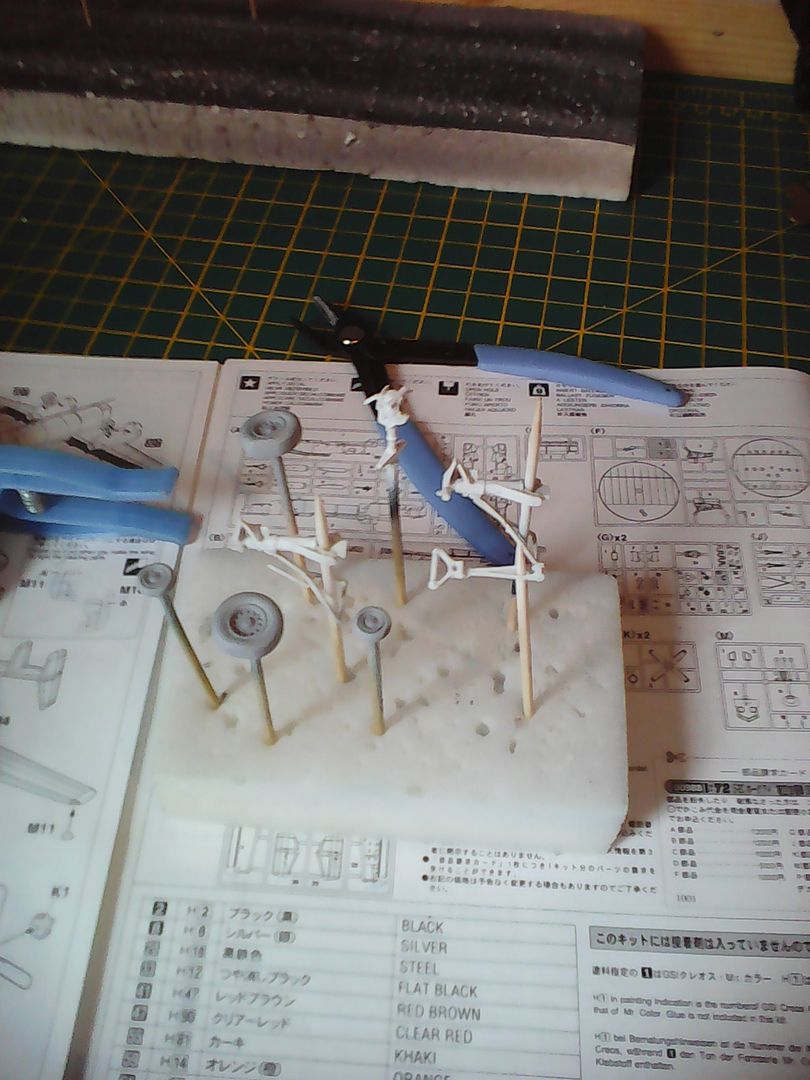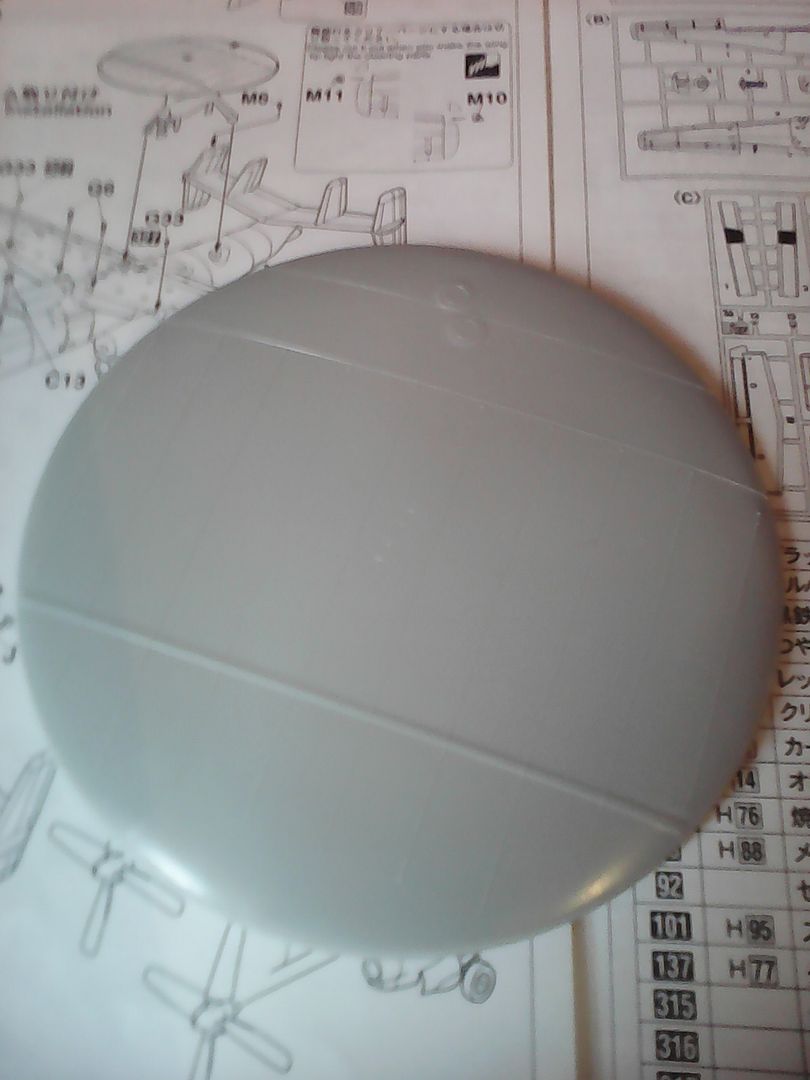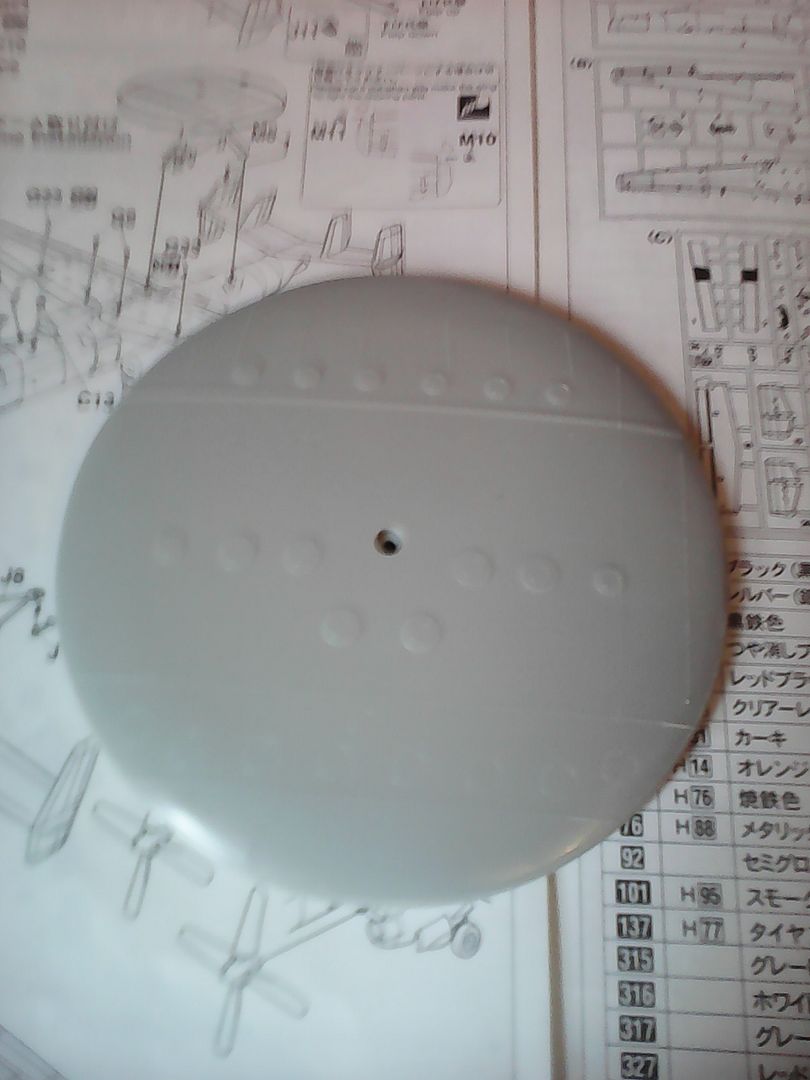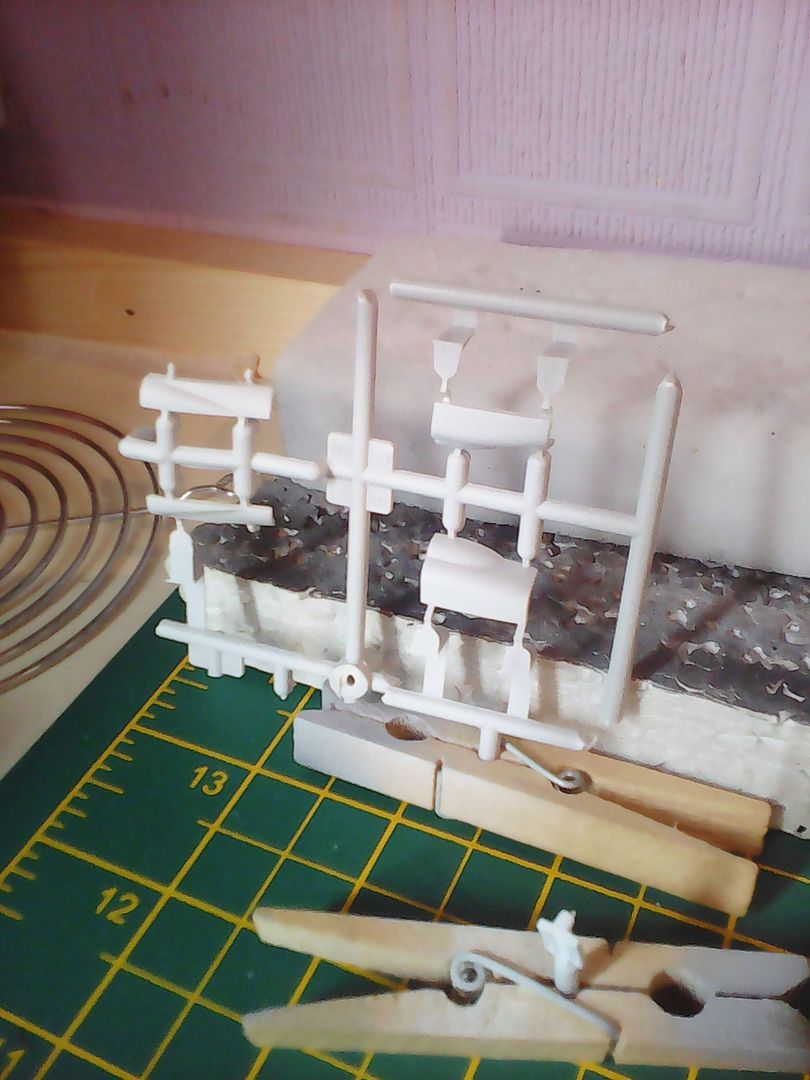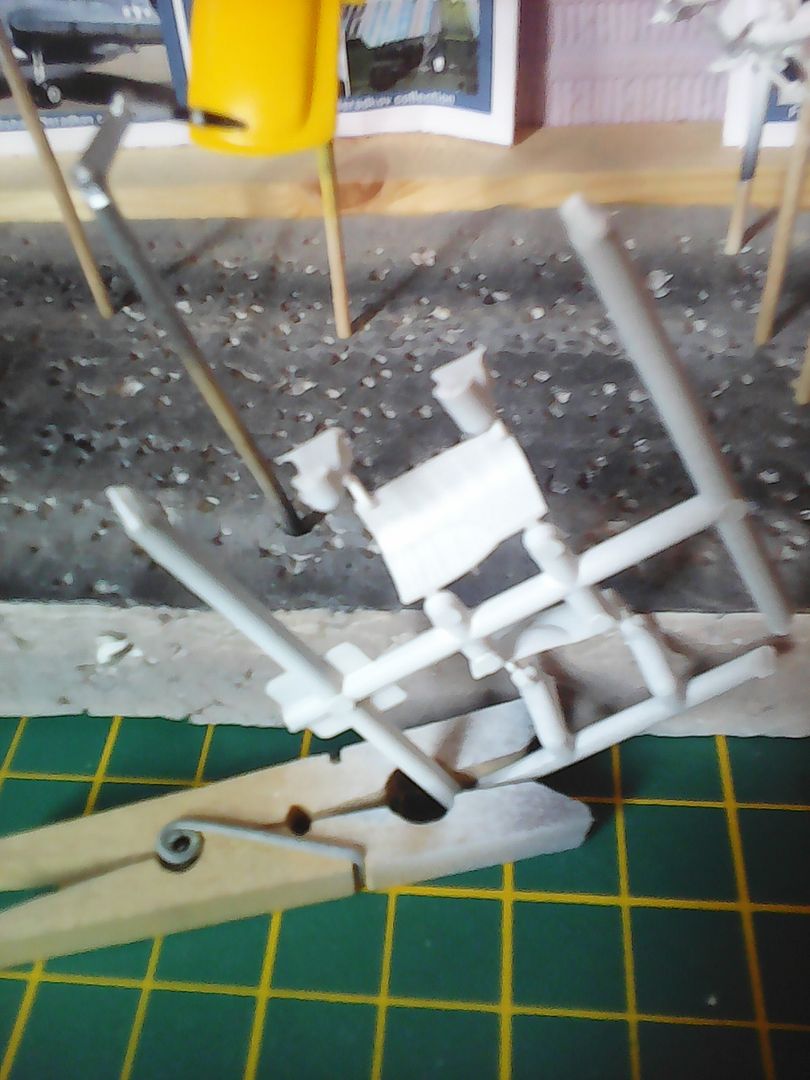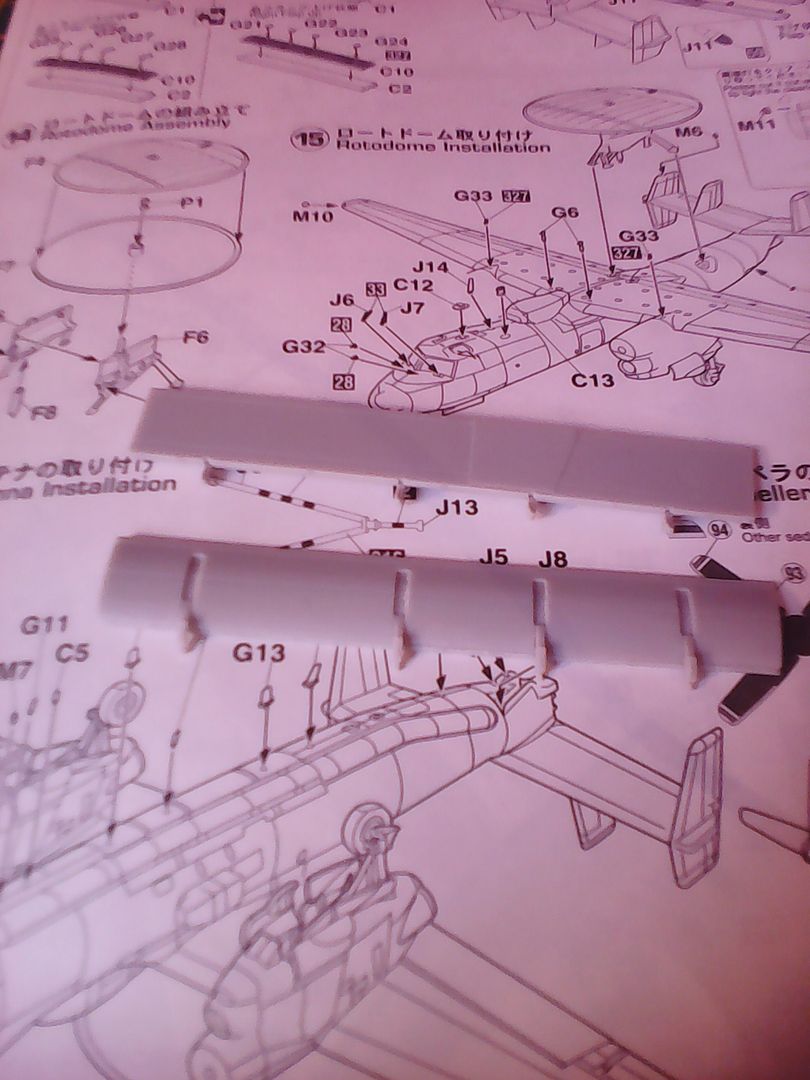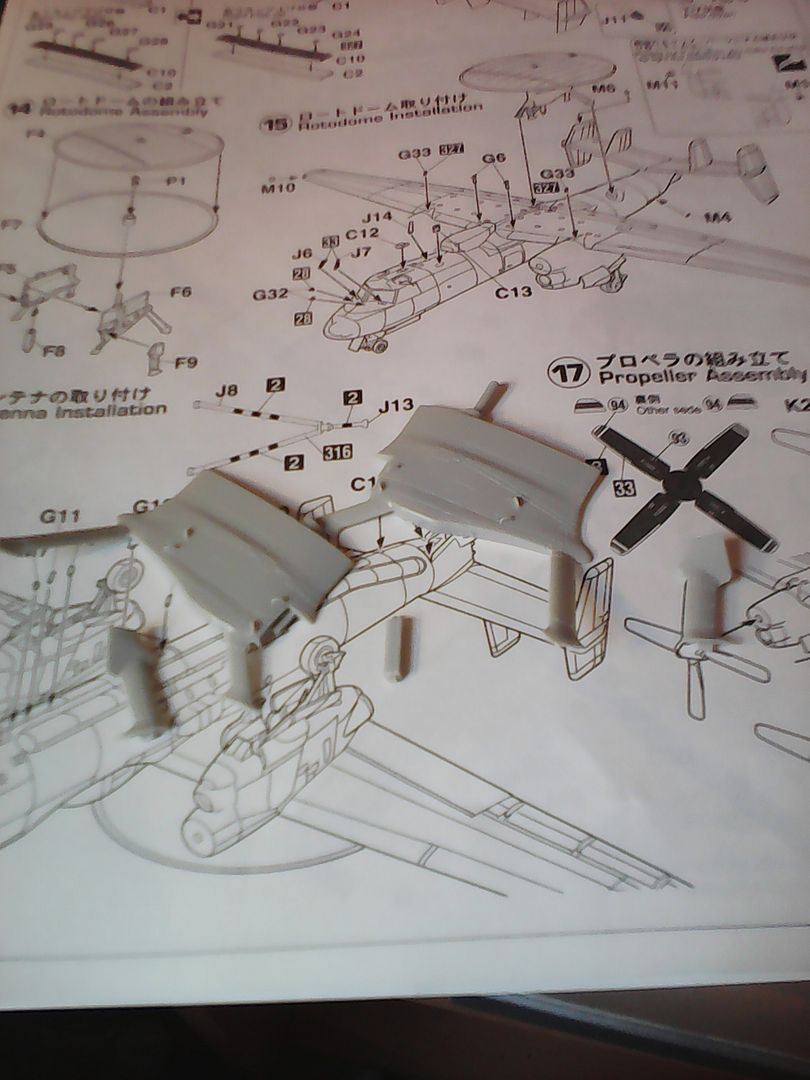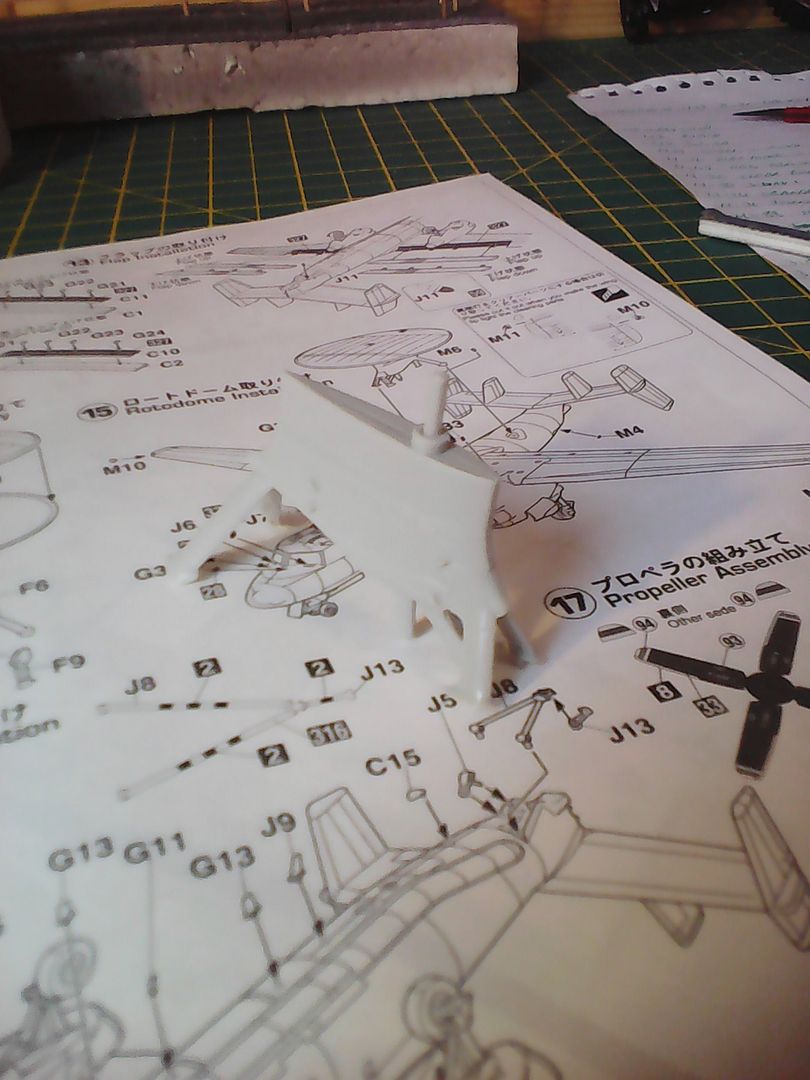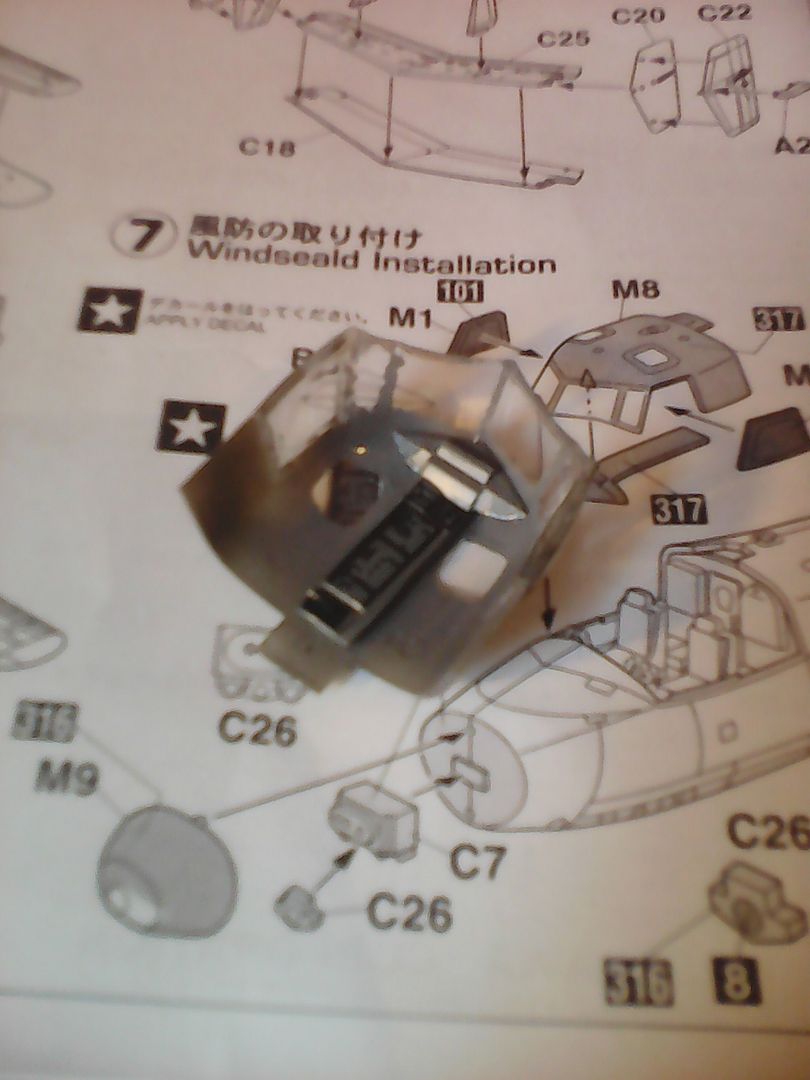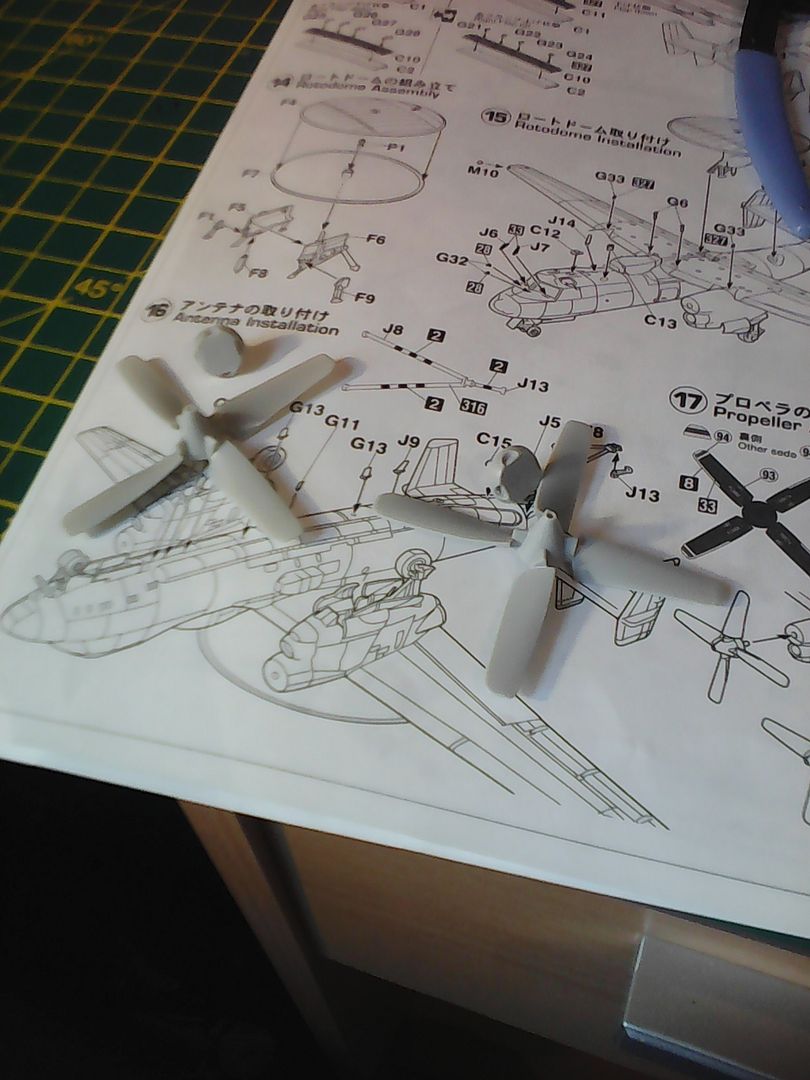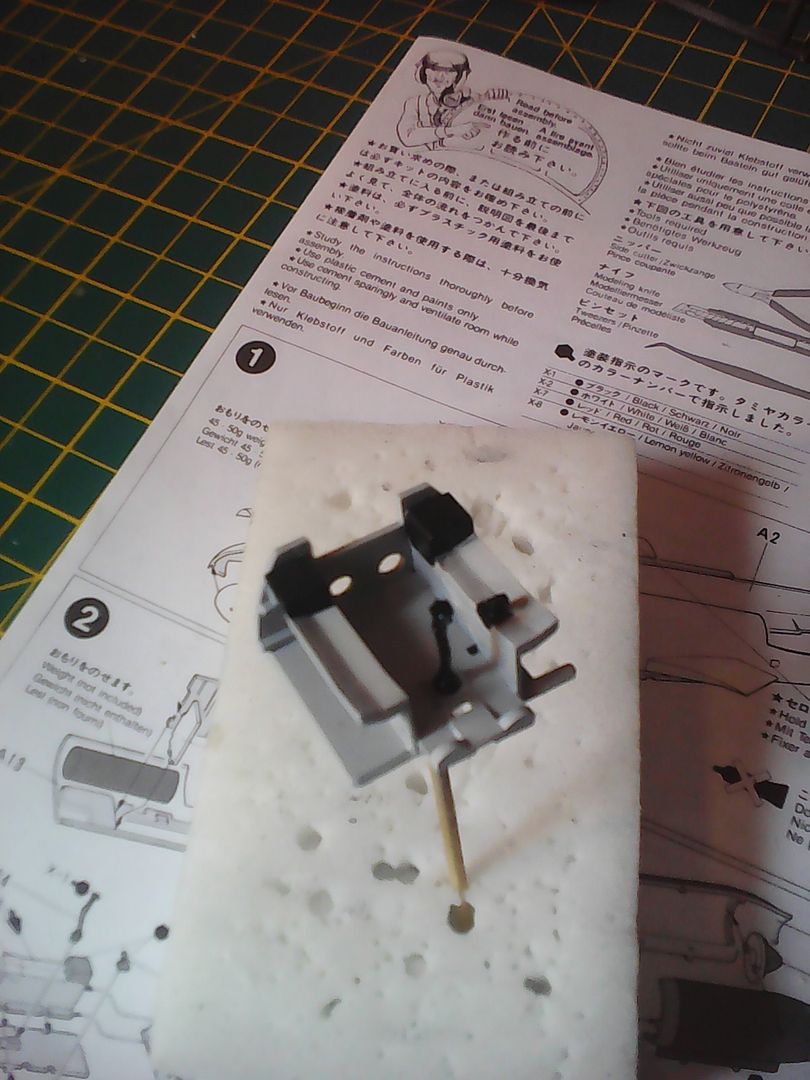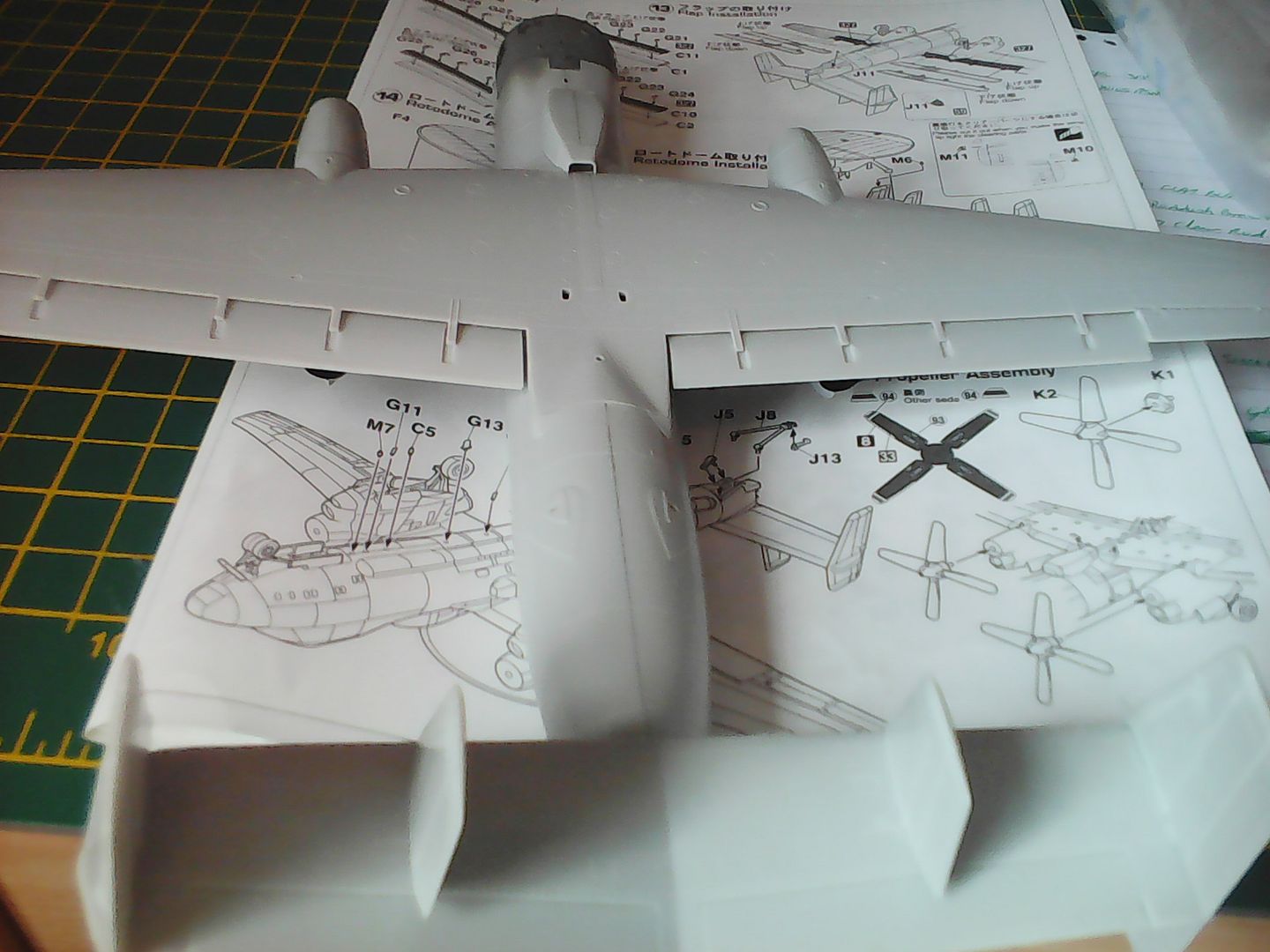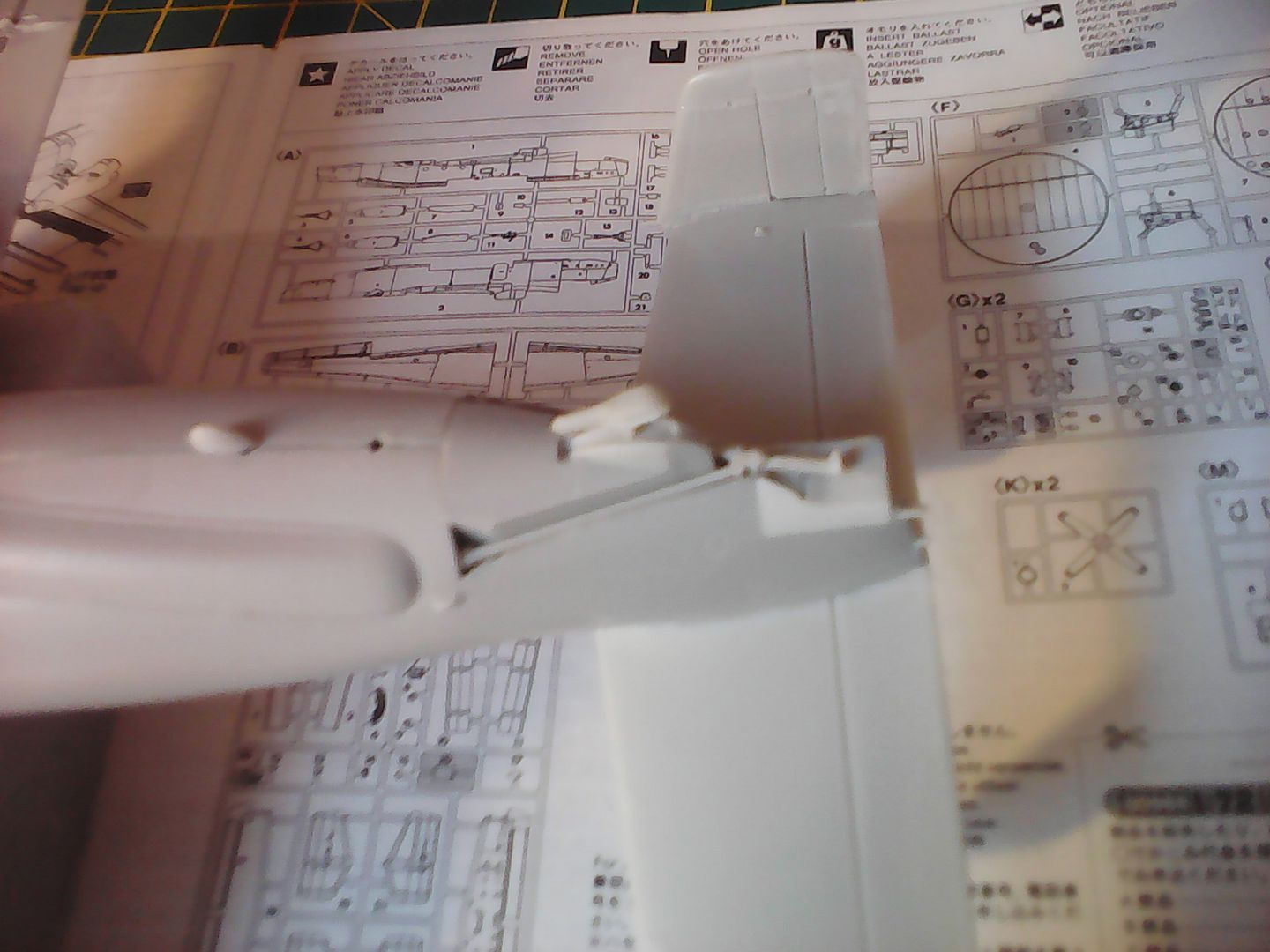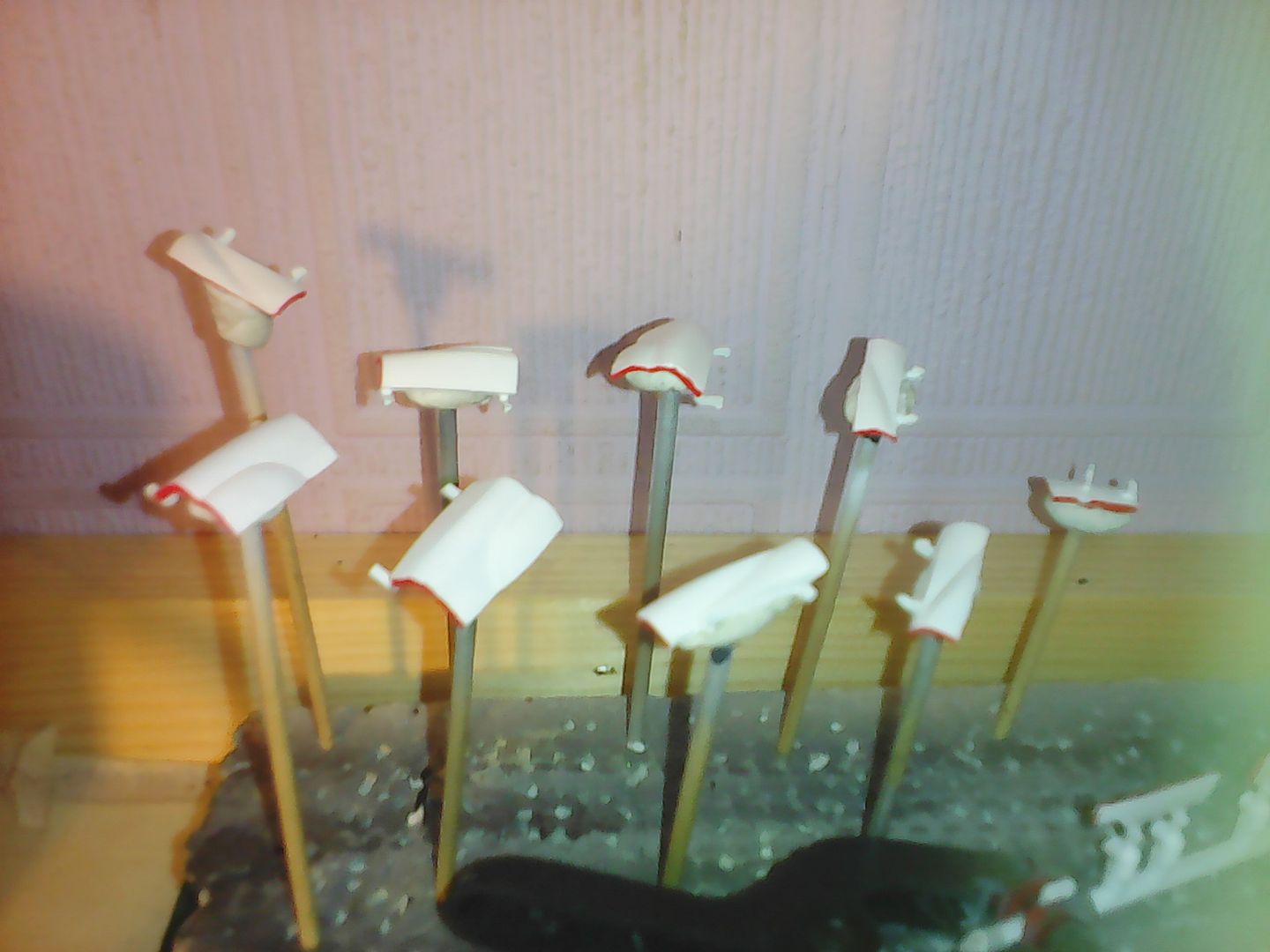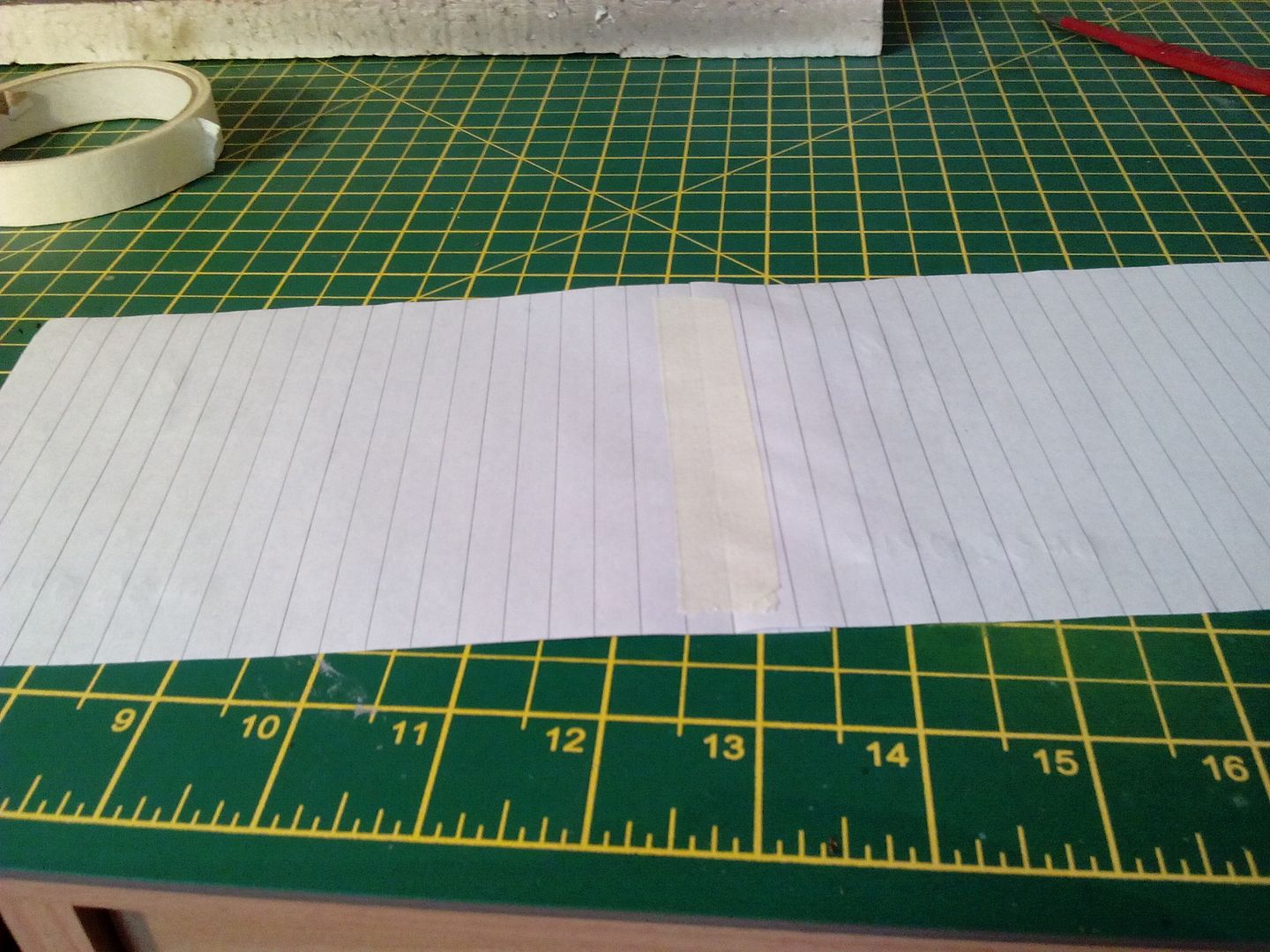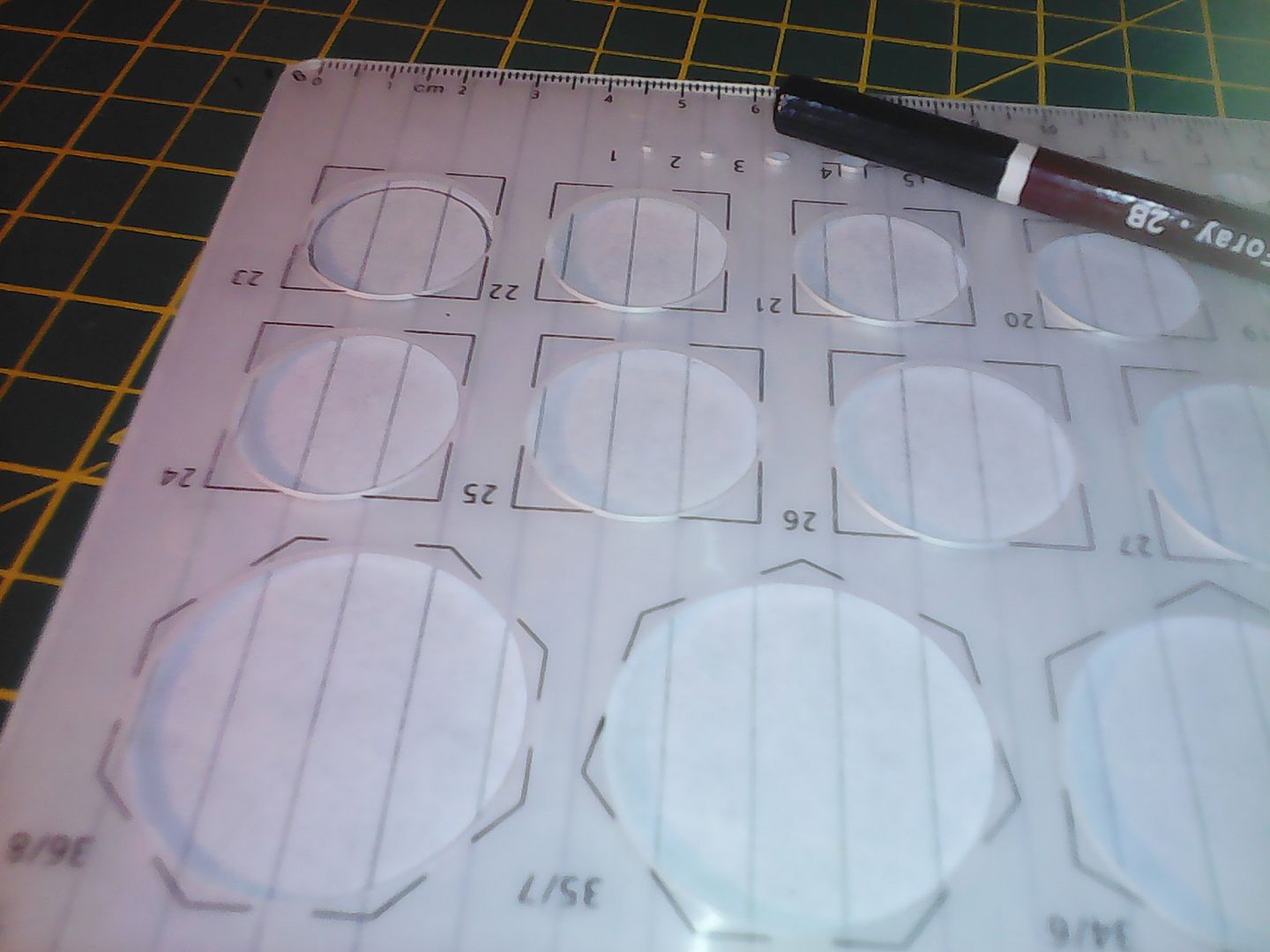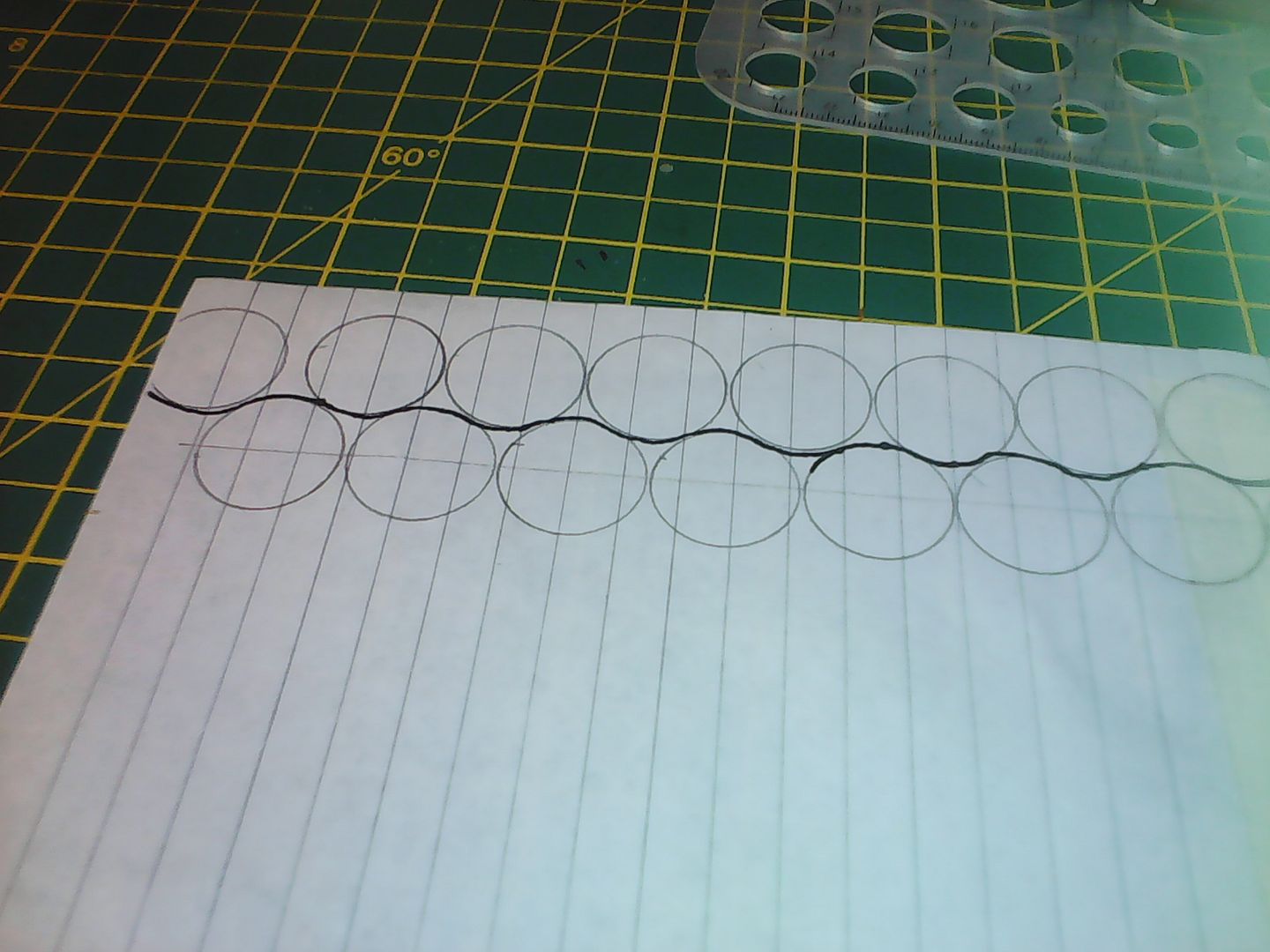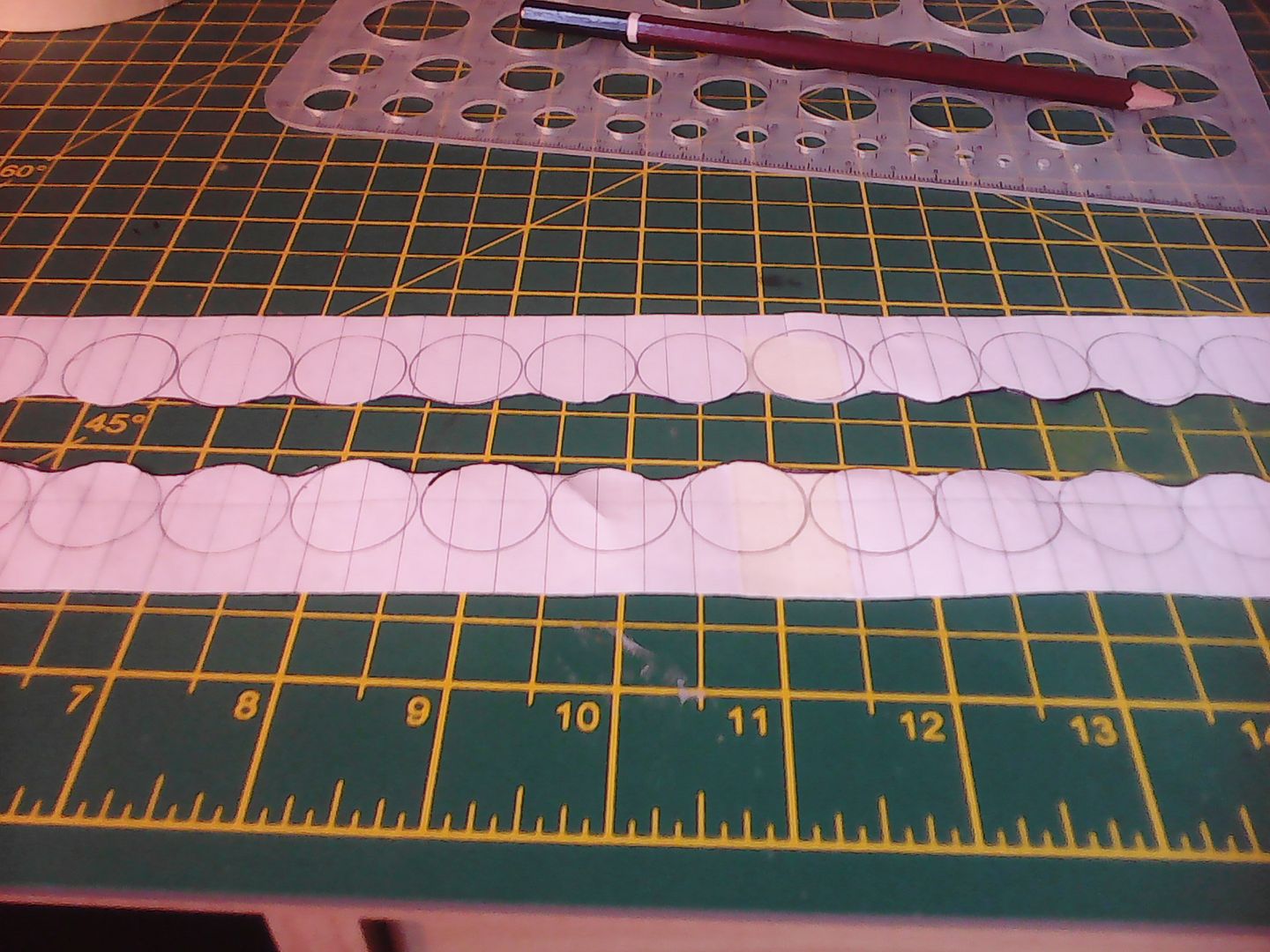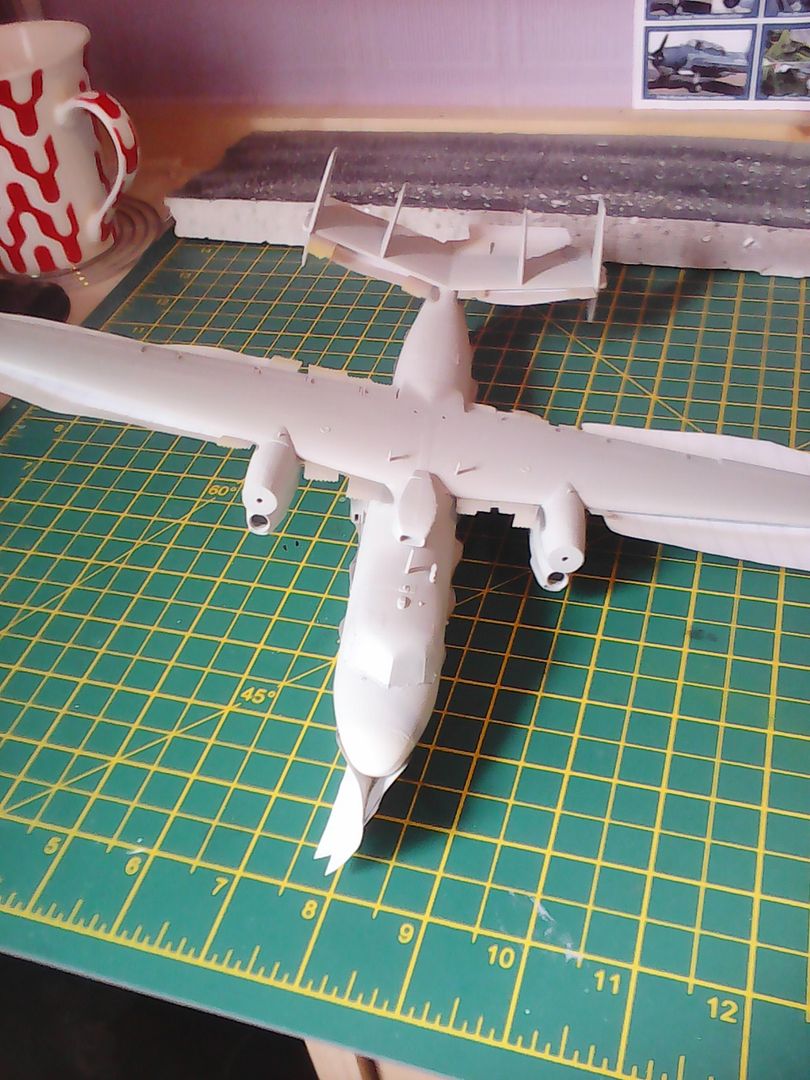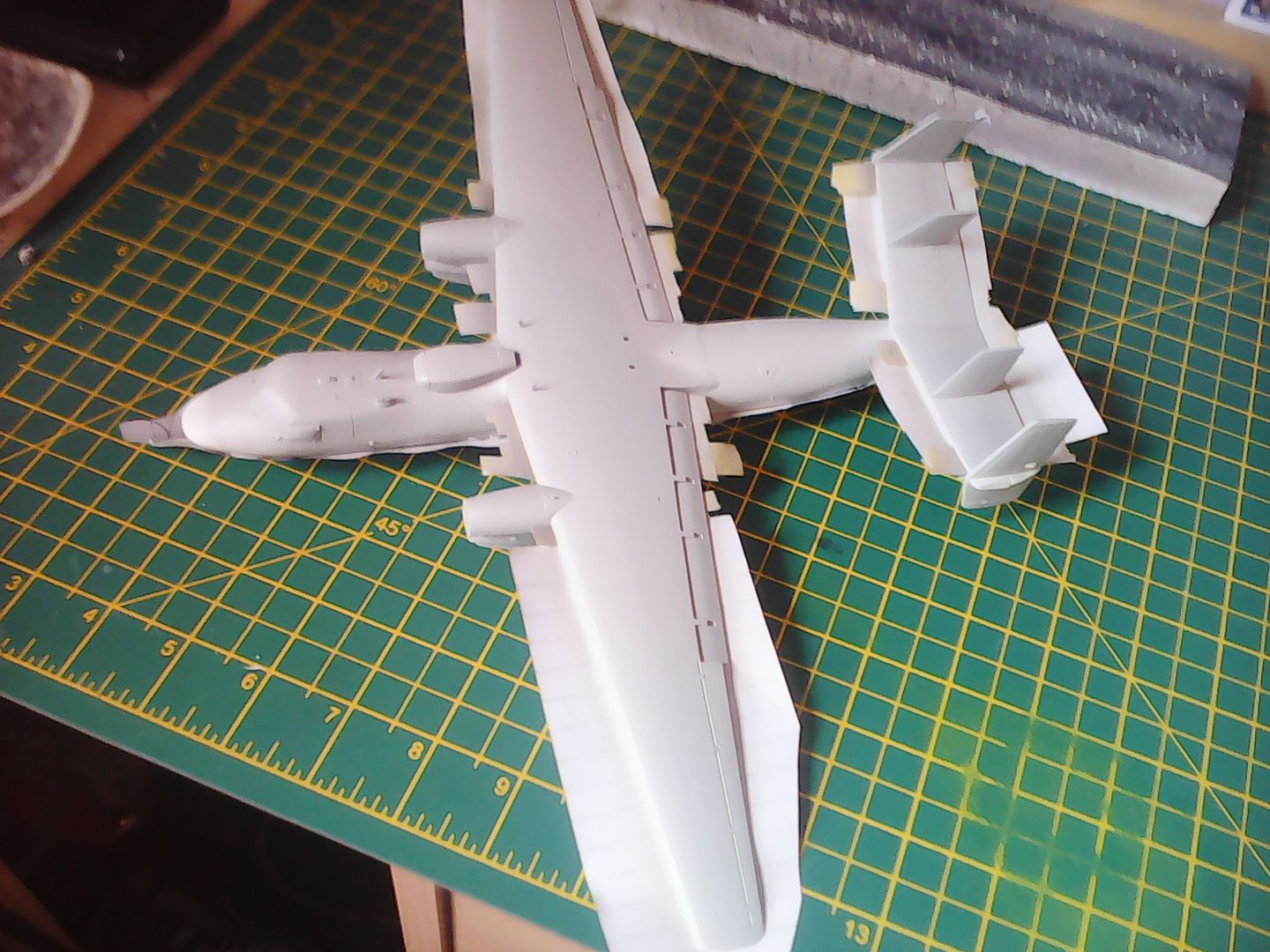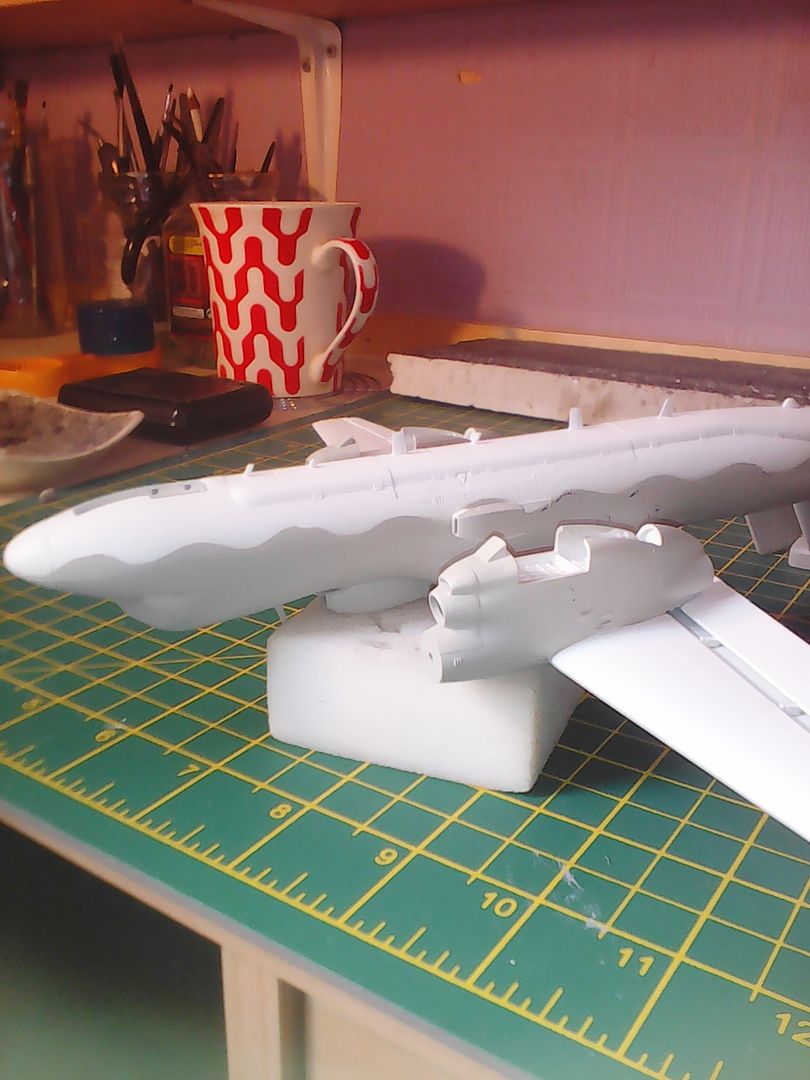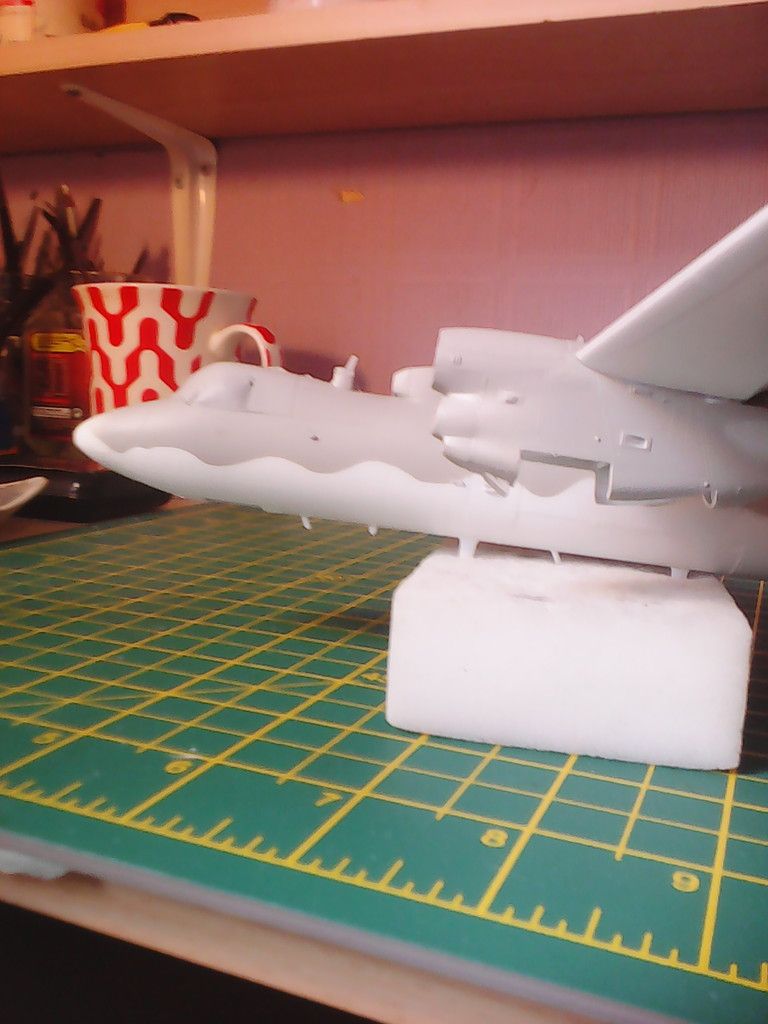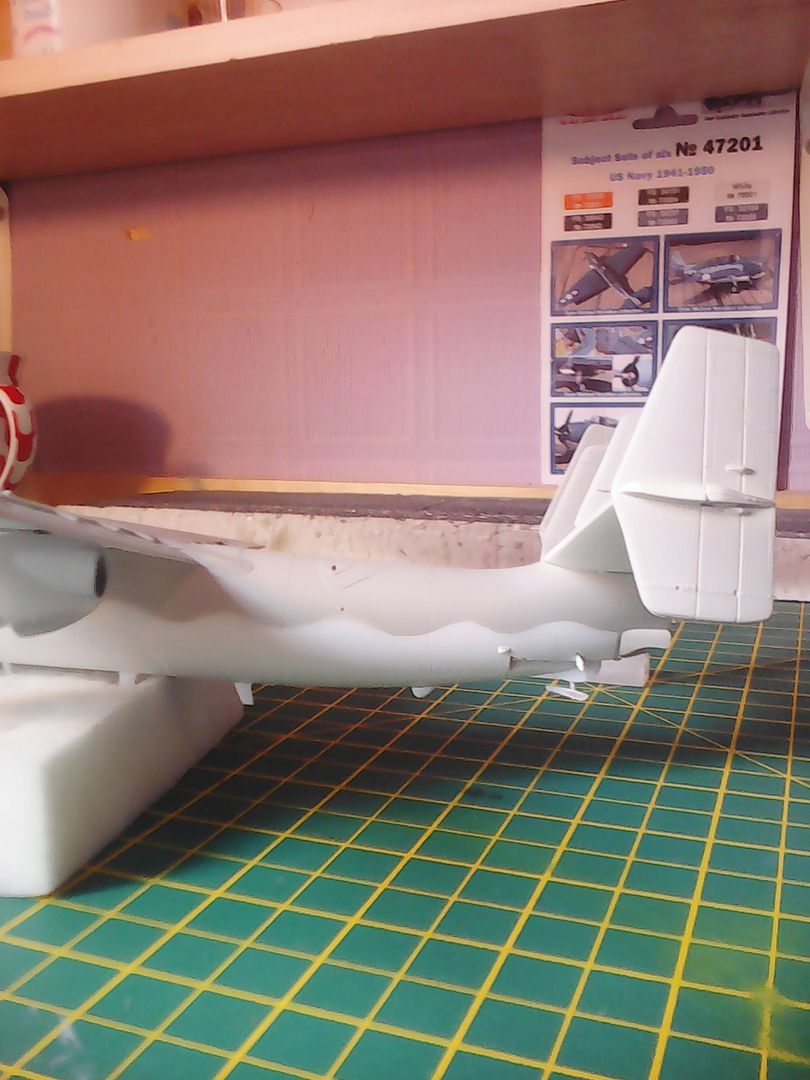The History

The Northrop Grumman E-2 Hawkeye is an American all-weather, carrier-capable tactical airborne early warning (AEW) aircraft. This twin-turboprop aircraft was designed and developed during the late 1950s and early 1960s by the Grumman Aircraft Company for the United States Navy as a replacement for the earlier, radial piston-engined E-1 Tracer, which was rapidly becoming obsolete. The aircraft's performance has been upgraded with the E-2B, and E-2C versions, where most of the changes were made to the radar and radio communications due to advances in electronic integrated circuits and other electronics. The fourth version of the Hawkeye is the E-2D, which first flew in 2007. The E-2 was the first aircraft designed specifically for its role, as opposed to a modification of an existing airframe, such as the Boeing E-3 Sentry. Variants of the Hawkeye have been in continuous production since 1960, giving it the longest production run of any carrier-based aircraft.
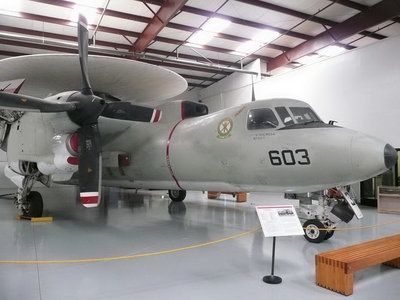
The E-2 also received the nickname "Super Fudd" because it replaced the E-1 Tracer "Willy Fudd". In recent decades, the E-2 has been commonly referred to as the "Hummer" because of the distinctive sounds of its turboprop engines, quite unlike that of turbojet and turbofan jet engines. In addition to U.S. Navy service, smaller numbers of E-2s have been sold to the armed forces of Egypt, France, Israel, Japan, Mexico, Singapore and Taiwan.
Background
Continual improvements in airborne radars through 1956 led to the construction of AEW airplanes by several different countries and several different armed forces. The functions of command and control and sea & air surveillance were also added. The first carrier-based aircraft to perform these missions for the U.S. Navy and its allies was the Douglas AD Skyraider, which was replaced in US Navy service by the Grumman E-1 Tracer, which was a modified version of the S-2 Tracker twin-engine anti-submarine warfare aircraft, where the radar was carried in an aerofoil-shaped radome carried above the aircraft's fuselage. The E-1 was used by the U.S. Navy from 1958 to 1977.
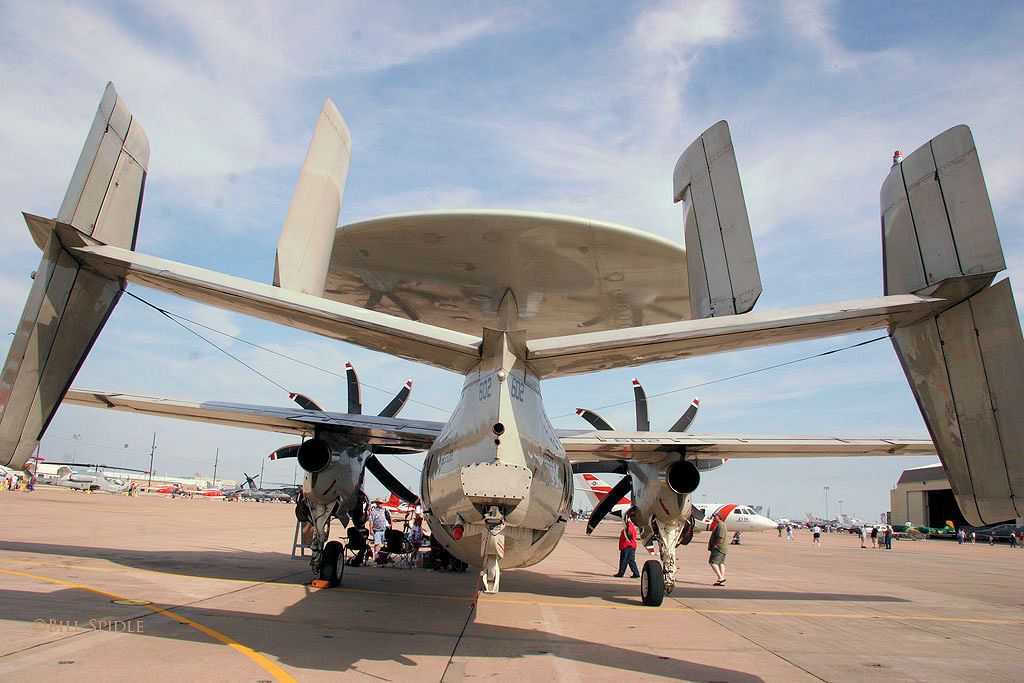
E-2C Hawkeye and developments
E-2C
US Navy 081111-N-9565D-040 t. Brett Whorley, left, and Lt. Andrew Leatherwood, assigned to Airborne Early Warning Squadron (VAW) 115,
Although the upgraded E-2B was a vast improvement on the unreliable E-2A, it was an interim measure. The US Navy knew the design had much greater capability and had yet to achieve the performance and reliability parameters set out in the original 1957 design. In April 1968 a reliability improvement program was instigated. In addition, now that the capabilities of the aircraft were starting to be realized, more were desired; 28 new E-2Cs were ordered to augment the 49 E-2Bs that would be upgraded. Improvements in the new and upgraded aircraft were concentrated in the radar and computer performance.
Two E-2A test machines were modified as E-2C prototypes, the first flying on 20 January 1971. Trials proved satisfactory and the E-2C was ordered into production, the first production machine performed its initial flight on 23 September 1972. The original E-2C, known as Group 0, consisted of 55 aircraft; the first aircraft became operational in 1973 and serving on carriers in the 1980s and 1990s, until they were replaced in first-line service by Group II aircraft. US Navy Reserve used some aircraft for tracking drug smugglers. The type was commonly used in conjunction with Grumman F-14 Tomcat fighters; monitoring airspace and then vectoring Tomcats over the Link-4A datalink to destroy potential threats with long range AIM-54C Phoenix missiles.

The next production run, between 1988 and 1991, saw 18 aircraft built to the Group I standard. Group I aircraft replaced the E-2's older APS-125 radar and T56-A-425 turboprops with their successors, the APS-139 radar system and T56-A-427 turboprops. The first Group I aircraft entered service on August 1981. Upgrading the Group 0 aircraft to Group 1 specifications was considered, but the cost was comparable to a new production aircraft, so upgrades were not conducted. Group 1 aircraft were only flown by the Atlantic fleet squadrons. This version was followed within a few years by the Group II, which had the improved APS-145 radar. A total of 50 Group II aircraft were delivered, 12 being upgraded Group I aircraft. This new version entered service in June 1992 and served with the Pacific and Atlantic Fleet squadrons.
By 1997 the US Navy intended that all front line squadrons would be equipped, for a total of 75 Group II aircraft. Grumman merged with Northrop in 1994 and plans began on the next upgrade, known as the Group II Plus, Also known as the Group II / NAV upgrade. The Group II Plus kept the same computer and radar as the Group II, but significantly upgraded the pilot avionics. New improvements included replacing the old mechanical Inertial Navigation System (INS) with a more reliable and more accurate laser Ring Gyroscope driven INS, the inclusion of dual Multifunction Display Units (MFCDUs) (vice one in the Group II), and the integration of GPS into the weapon system. A variant of the Group II with upgrades to the mission computer and CIC workstations is referred to as the MCU/ACIS. However these were produced in small numbers due to the Hawkeye 2000 being produced soon after its introduction. All Group II aircraft have had their 1960s vintage computer processors replaced by a mission computer with the same functionality that used more modern computer technology, referred to as the GrIIM RePr (Group II Mission Computer Replacement Program, pronounced "grim reaper").
Another upgrade to the Group II was the Hawkeye 2000 which featured the same APS-145 radar but incorporated an upgraded mission computer and CIC (Combat Information Center) workstations (Advanced Control Indicator Set or ACIS), and carries the U.S. Navy’s new CEC (cooperative engagement capability) data-link system. It is also fitted with a larger capacity vapor cycle avionics cooling system. Starting in 2007 a hardware and software upgrade package began to be added to existing Hawkeye 2000 aircraft. This upgrade allows faster processing, double current trackfile capacity and access to satellite information networks. Hawkeye 2000 cockpits being upgraded include solid-state glass displays, and a GPS-approach capability. The remaining Hawkeye Group II NAV Upgrade aircraft received GPS approach capability, but did not get the solid-state glass displays.
In 2004, the E-2C's propeller system was changed; a new eight-bladed propeller system named NP2000 was developed by the Hamilton-Sundstrand company to replace the old four-bladed design. Improvements included reduced vibrations and better maintainability as a result of the ability to remove prop blades individually instead of having to remove the entire prop and hub assembly. The system had previously been used in the C-130 Hercules, which also uses the T-56 engine, to great effect. However one major difference between the C-130J and the E-2C is that the C-130J uses a six-bladed propeller. The E-2C needed to use a new eight-bladed configuration in order to maintain harmonic compatibility with the electronics that were designed for a four-bladed propeller. The propeller blades are of carbon fiber construction with steel leading edge inserts and de-icing boots at the root of the blade.
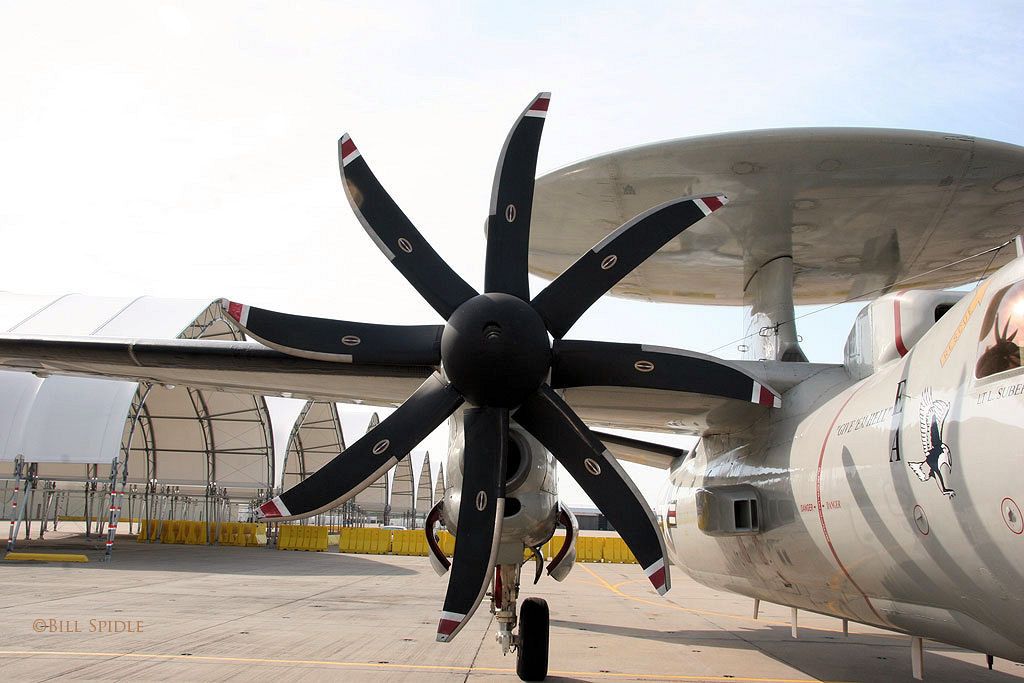
The E-2 is a high-wing airplane, with one turboprop engine on each wing and retractable tricycle landing gear. As with most carrier-borne airplanes, the E-2 is equipped with a tail hook for recovery (landing), and the nose gear can attach to a shuttle of the aircraft carrier's catapults for launch (takeoff). A distinguishing feature of the Hawkeye is its 24-foot (7.3 m) diameter rotating dome that is mounted above its fuselage and wings. This carries the E-2's primary antennas for its long-range radar and IFF systems. No other carrier-borne aircraft possesses one of these, and among land-based aircraft, they are mostly seen atop the Boeing E-3 Sentry, a larger AWACS airplane operated by the U.S. Air Force and NATO air forces in large numbers.
The aircraft is operated by a crew of five, with the pilot and co-pilot on the flight deck and the combat information center officer, air control officer and radar operator stations located in the rear fuselage directly beneath the rotodome.
In U.S. service, the E-2 Hawkeye provides all-weather airborne early warning and command and control capabilities for all aircraft-carrier battle groups. In addition, its other purposes include sea and land surveillance, the control of the aircraft carrier's fighter planes for air defense, the control of strike aircraft on offensive missions, the control of search and rescue missions for naval aviators and sailors lost at sea, and for the relay of radio communications, air-to-air and ship-to-air. It can also serve in an air traffic control capacity in emergency situations when land-based ATC is unavailable.
The E-2C and E-2D Hawkeyes use advanced electronic sensors combined with digital computer signal processing, especially its radars, for early warning of enemy aircraft attacks and anti-ship missile attacks, and the control of the carrier's combat air patrol (CAP) fighters, and secondarily for surveillance of the surrounding sea and land for enemy warships and guided-missile launchers, and any other electronic surveillance missions as directed.
Operational history
US Navy
A US Navy E-2C of VAW-117 approaches the flight deck of USS John C. Stennis (CVN-74). Note the eight-bladed propellers
The E-2A entered U.S. Navy service on January 1964, and in April 1964 with VAW-11 at NAS North Island. The first deployment was aboard USS Kitty Hawk (CVA-63) during 1965.
Since entering combat during the Vietnam War, the E-2 has served the US Navy around the world, acting as the electronic "eyes of the fleet". In August 1981, a Hawkeye from VAW-124 "Bear Aces" directed two F-14 Tomcats from VF-41 "Black Aces" in an intercept mission in the Gulf of Sidra that resulted in the downing of two Libyan Sukhoi Su-22s. Hawkeyes from VAW-123 aboard the aircraft carrier USS America (CV-66) directed a group of F-14 Tomcat fighters flying the Combat Air Patrol during Operation El Dorado Canyon, the joint strike of two Carrier Battle Groups in the Mediterranean Sea against Libyan terrorist targets during 1986. More recently, E-2Cs provided the command and control for both aerial warfare and land-attack missions during the Persian Gulf War. Hawkeyes have supported the U.S. Coast Guard, the U.S. Customs Service, and American federal and state police forces during anti-drug operations.
In the mid-1980s, several E-2Cs were borrowed from the U.S. Navy and given to the U.S. Coast Guard and the U.S. Customs Service for counternarcotics (CN) and maritime interdiction operations (MIO). This also led to the Coast Guard building a small cadre of Naval Flight Officers (NFOs), starting with the recruitment and interservice transfer of Navy flight officers with E-2 flight experience and the flight training of other junior Coast Guard officers as NFOs. A fatal aircraft mishap on 24 August 1990 involving a Coast Guard E-2C at the former Naval Station Roosevelt Roads in Puerto Rico prompted the Coast Guard to discontinue flying E-2Cs and to return its E-2Cs to the Navy. The U.S Customs Service also returned its E-2Cs to the Navy and concentrated on the use of former U.S. Navy P-3 Orion aircraft in the CN role.[citation needed]
Hawkeye interior (Group 0 configuration)
E-2C Hawkeye squadrons played a critical role in air operations during Operation Desert Storm. In one instance, a Hawkeye crew provided critical air control direction to two F/A-18 Hornet aircrew, resulting in the shootdown of two Iraqi MiG-21s. During Operations Southern Watch and Desert Fox, Hawkeye crews continued to provide thousands of hours of air coverage, while providing air-to-air and air-to-ground command and control in a number of combat missions.[citation needed]
The E-2 Hawkeye is a crucial component of all U.S. Navy carrier air wings; each carrier is equipped with four Hawkeyes (five in some situations), allowing for continuous 24-hour-a-day operation of at least one E-2 and for one or two to undergo maintenance in the aircraft carrier's hangar deck at all times. Until 2005. the US Navy Hawkeye’s were organised into East and West coast wings, supporting the respective fleets. However, the East coast wing was disestablished, all aircraft were organised into a single wing based at Point Mugu, California. Six E-2C aircraft were deployed by the US Naval Reserve for drug interdiction and homeland security operations until 9 March 2013, when the sole Reserve squadron, VAW-77 'Nightwolves', was decommissioned and its six aircraft sent to other squadrons.
During Operation Enduring Freedom and Operation Iraqi Freedom all ten Regular Navy Hawkeye squadrons flew overland sorties. They provided battle management for attack of enemy ground targets, close-air-support coordination, combat search and rescue control, airspace management, as well as datalink and communication relay for both land and naval forces. During the aftermath of Hurricane Katrina, three Hawkeye squadrons (two Regular Navy and one Navy Reserve) were deployed in support of civilian relief efforts including Air Traffic Control responsibilities spanning three states, and the control of U.S. Army, U.S. Navy, U.S. Air Force, U.S. Marine Corps, U.S. Coast Guard, and Army National Guard and Air National Guard helicopter rescue units.
The cockpit of a E-2C Hawkeye of United States Navy VAW-115.
Hawkeye 2000s first deployed in 2003 aboard USS Nimitz (CVN-68) with VAW-117, the "Wallbangers", and CVW-11. U.S. Navy E-2C Hawkeyes have been upgraded with eight-bladed propellers as part of the NP2000 program; the first squadron to cruise with the new propellers was VAW-124 "Bear Aces". The Hawkeye 2000 version can track more than 2,000 targets simultaneously (while at the same time, detecting 20,000 simultaneously) to a range greater than 400 mi (640 km) and simultaneously guide 40–100 air-to-air intercepts or air-to-surface engagements. In 2014, several E-2C Hawkeyes from the Bear Aces of VAW-124 were deployed from USS George H.W. Bush (CVN-77) as flying command posts and air traffic controllers over Iraq during Operation Inherent Resolve against the Islamic State.
VAW-120, the E-2C fleet replacement squadron began receiving E-2D Advanced Hawkeyes for training use in July 2010. On 27 March 2014, the first E-2Ds were delivered to the Airborne Early Warning Squadron 125 (VAW-125). The E-2D achieved Initial Operational Capability (IOC) in October 2014 when VAW-125 was certified to have five operational aircraft. This began training on the aircraft for its first operational deployment, scheduled for 2015 aboard USS Theodore Roosevelt (CVN-71). The E-2D will play a larger role than that of the E-2C, with five E-2Ds aboard each carrier instead of the current four C-models, requiring the acquisition of 75 more E-2Ds.
Other operators
E-2 Hawkeyes have been sold by the U.S. Federal Government under Foreign Military Sales (FMS) procedures to the armed forces of Egypt, France, Israel, Japan, Singapore and Taiwan.
French Naval Aviation
French Navy Hawkeye with folded wings
The French Naval Aviation (Aeronavale) operates three E-2C Hawkeyes and has been the only operator of the E-2 Hawkeye from an aircraft carrier besides the U.S. Navy. The French nuclear-powered carrier, Charles De Gaulle (R 91), currently carries two E-2C Hawkeyes on her combat patrols offshore. The third French E-2C Hawkeye have been upgraded with eight-bladed propellers as part of the NP2000 program. In April 2007, France requested the foreign military sale (FMS) of an additional aircraft.
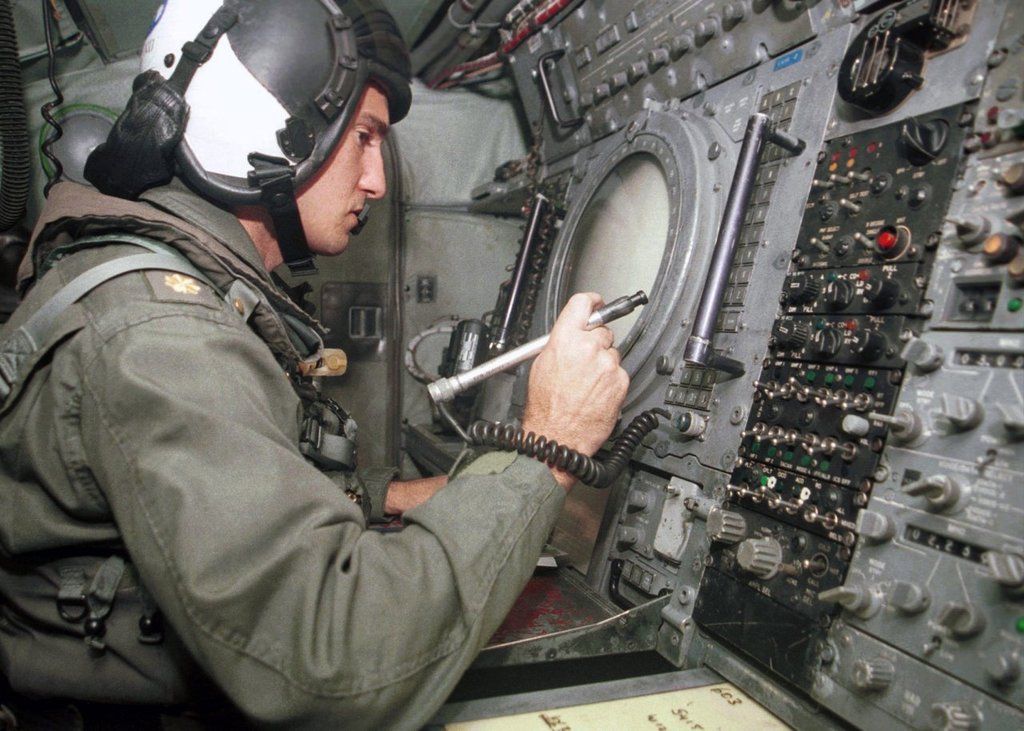
The Flotille 4F of the French Navy's Aeronavale was stood up on 2 July 2000 and flies its E-2C Hawkeyes from its naval air station at Lann-Bihoue or aboard Charles de Gaulle. They took part in operations in Afghanistan and Libya.
Japan Air Self-Defense Force
The Japan Air Self-Defense Force bought thirteen E-2C to improve its Early warning capabilities. The E-2C was put into service with the Airborne Early Warning Group (AEWG) at Misawa Air Base in January 1987.
On 6 September 1976, Soviet Air Force pilot Viktor Belenko successfully defected, landing his MiG-25 'Foxbat' at Hakodate Airport, Japan. During this incident, the Japan Self-Defense Forces' radar lost track of the aircraft when Belenko flew his MiG-25 at a low altitude, prompting the JASDF to consider procurement of airborne early warning aircraft.
Initially, the E-3 Sentry airborne warning and control system aircraft was considered to be the prime candidate for the airborne early warning mission by the JASDF. However, the Japanese Defense Agency realized that the E-3 would not be readily available due to USAF needs and opted to procure E-2 Hawkeye aircraft.
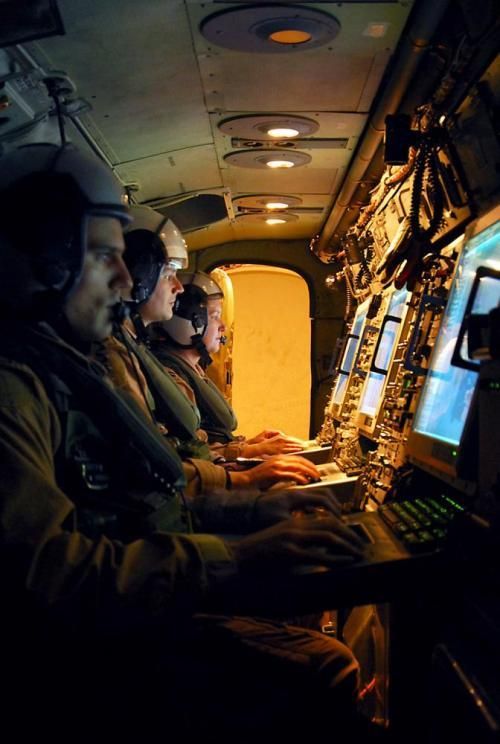
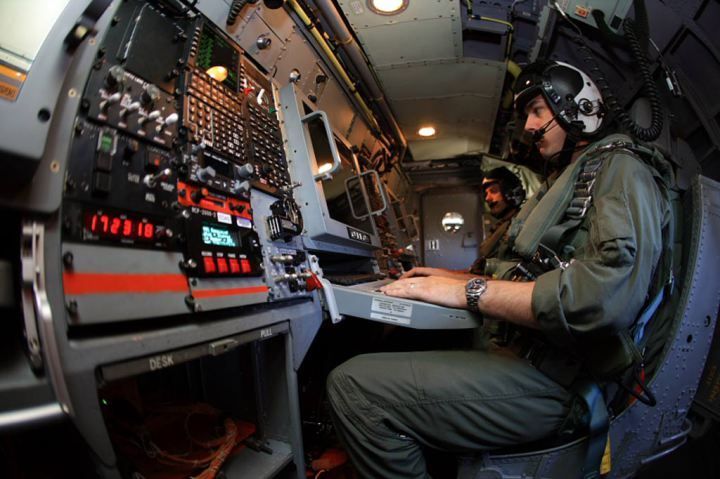

On 21 November 2014, the Japanese Ministry of Defense officially decided to procure the E-2D version of the Hawkeye, beating out the Boeing 737 AEW&C design. In June 2015, the Japanese government requested to buy four E-2Ds through a Foreign Military Sale.
Mexico
In 2004, three former Israel Air Force E-2C aircraft were sold to the Mexican Navy to perform maritime and shore surveillance missions. These aircraft were upgraded locally by IAI. The first Mexican E-2C was rolled out in January 2004.
Singapore
An E-2C Hawkeye (RSAF serial 015) of 111 Sqn on static display at Paya Lebar Air Base, 2006
The Republic of Singapore Air Force acquired four Grumman E-2C Hawkeye airborne early warning aircraft in 1987, which are assigned to the 111 Squadron "Jaeger" based at Tengah Air Base.
In April 2007, it was announced that the four E-2C Hawkeyes were to be replaced with four Gulfstream G550s which would become the primary early warning aircraft of the Singapore Air Force. On 13 April 2012, the newer G550 AEWs officially took over duty from the former.
Israel
Israel was the first export customer, its four Hawkeyes were delivered during 1981, complete with the folding wings characteristic of carrier-borne aircraft. The four examples were soon put into active service before and during the 1982 Lebanon War during which they won a resounding victory over Syrian air defenses and fighter control. They were central to the Israeli victory in the air battles over the Bekaa Valley during which more than 90 Syrian fighters were downed. The Hawkeyes were also the linchpins of the operation in which the IAF destroyed the SAM array in the Bekaa, coordinating the various stages of the operation, vectoring planes into bombing runs and directing intercepts. Under the constant defense of F-15 Eagles, there were always two Hawkeyes on station off the Lebanese coast, controlling the various assets in the air and detecting any Syrian aircraft upon their takeoff, eliminating any chance of surprise.
The Israeli Air Force (IAF) operated four E-2s for its homeland AEW protection through 1994. The IAF was the first user of the E-2 to install air-to-air refueling equipment.
Three of the four Israeli-owned Hawkeyes were sold to Mexico in 2002 after they had been upgraded with new systems; the remaining example was sent to be displayed in the Israeli Air Force Museum. In 2010, Singapore began retiring its E-2Cs as well. Both Israel and Singapore now employ the IAI Eitam, a Gulfstream G550-based platform utilizing Elta's EL/W-2085 sensor package (a newer derivative of the airborne Phalcon system) for their national AEW programmes.
Republic of China (Taiwan)
ROCAF E-2K at Songshan Air Force Base, 2011
Taiwan acquired four E-2T aircraft from the US on 22 November 1995. On 15 April 2006 Taiwan commissioned two new E-2K Hawkeyes at an official ceremony at the Republic of China Air Force (ROCAF) base in Pingtung Airport in southern Taiwan.
The four E-2Ts were approved for upgrade to Hawkeye 2000 configuration in a 2008 arms deal. The four E-2T aircraft were upgraded to what became known as E-2K standard in two batches, the first batch of two aircraft were sent to the United States in June 2010, arriving home in late 2011; on their return the second batch of two aircraft were sent for upgrade returning, to Taiwan, in March 2013.
Egypt
Egypt purchased five E-2C Hawkeyes, that entered service in 1987 and were upgraded to Hawkeye 2000 standard. One additional upgraded E-2C was purchased. The first upgraded aircraft was delivered in March 2003 and deliveries were concluded in late 2008. Egypt requested two additional excess E-2C aircraft in October 2007, that were not sold. They all operate in 601 AEW Brigade, Cairo-West.
Egypt used the E-2C Hawkeye in Libya bombing operation in 2015 against ISIL.
Thats all for now the next update will be the start of the build
